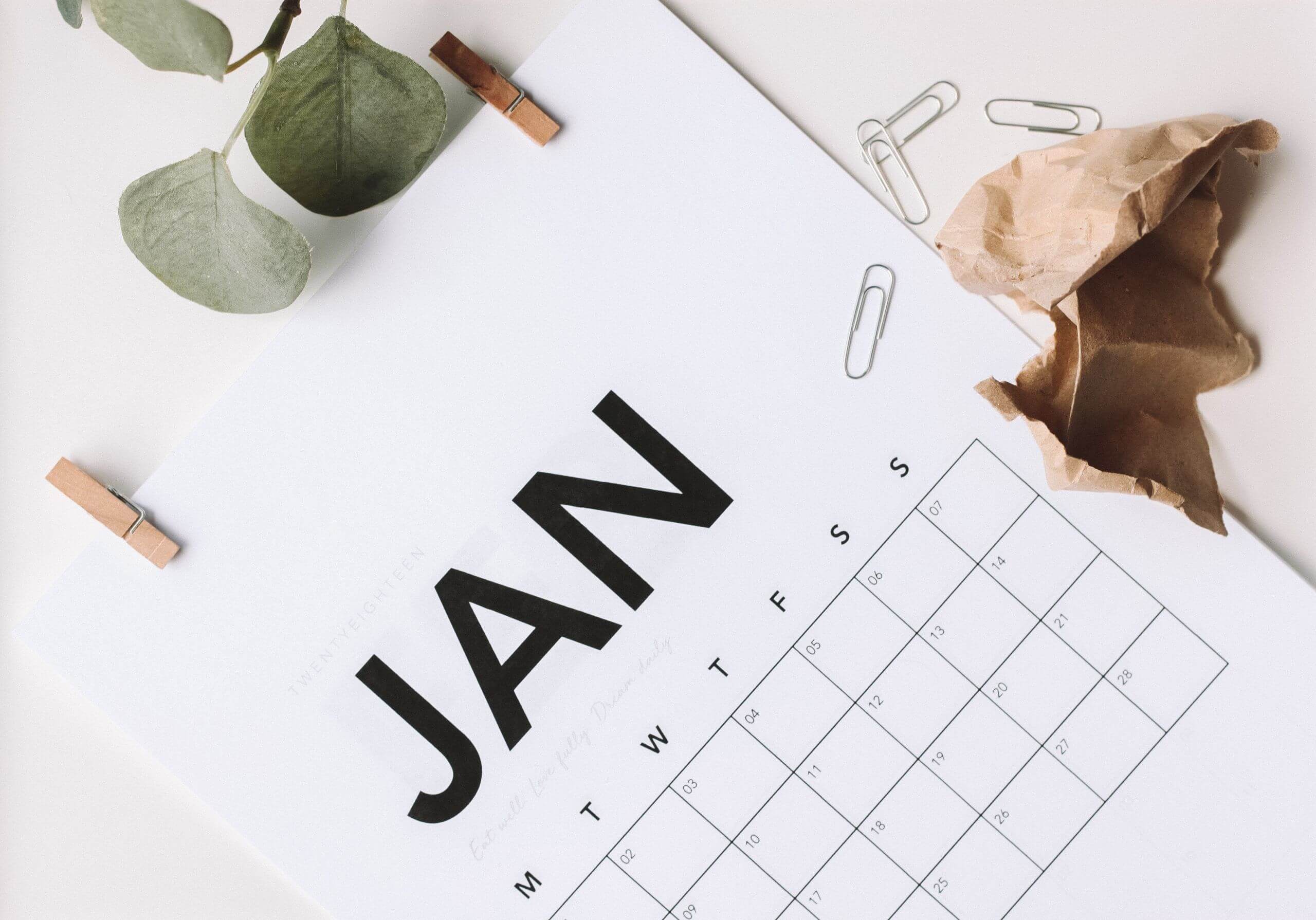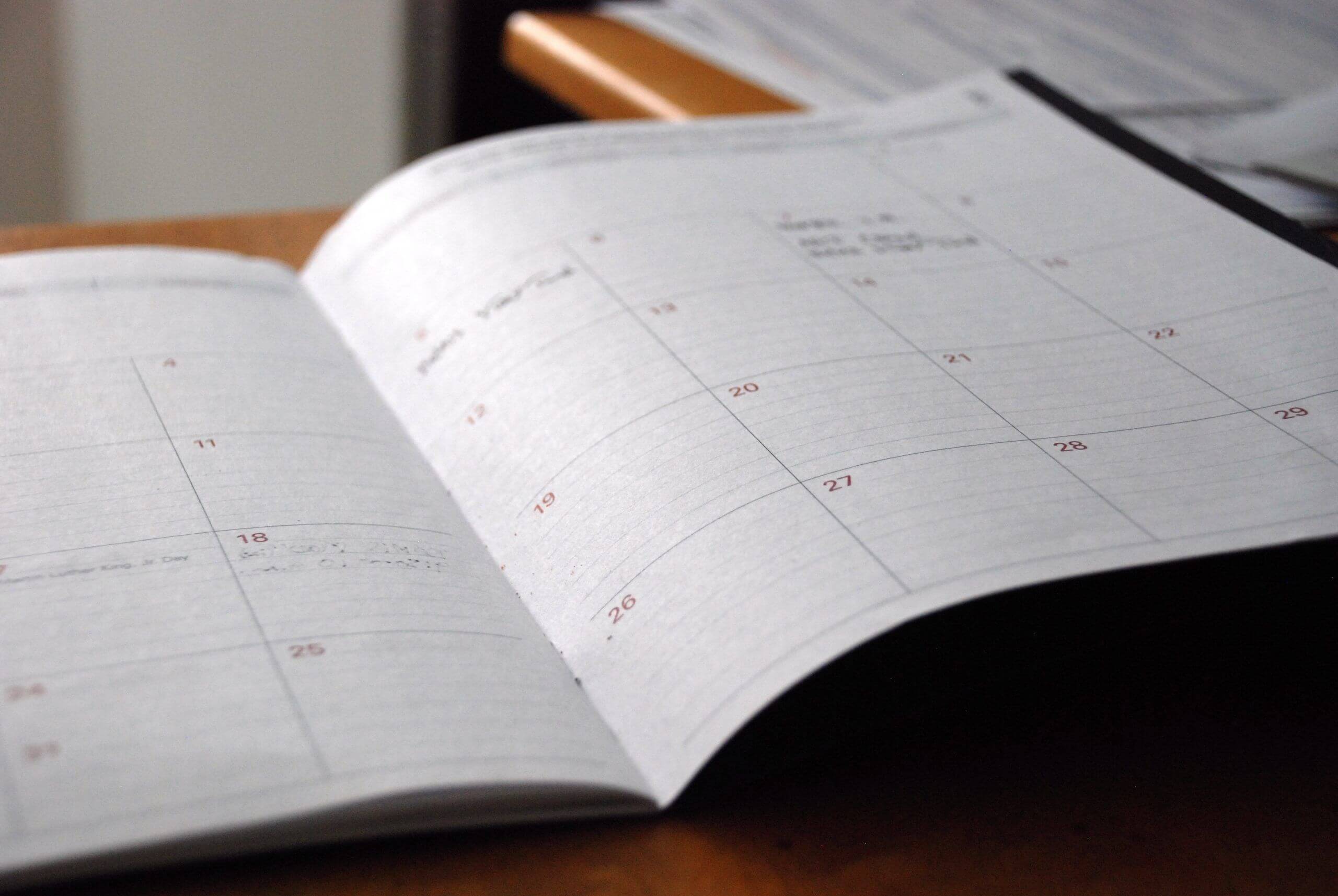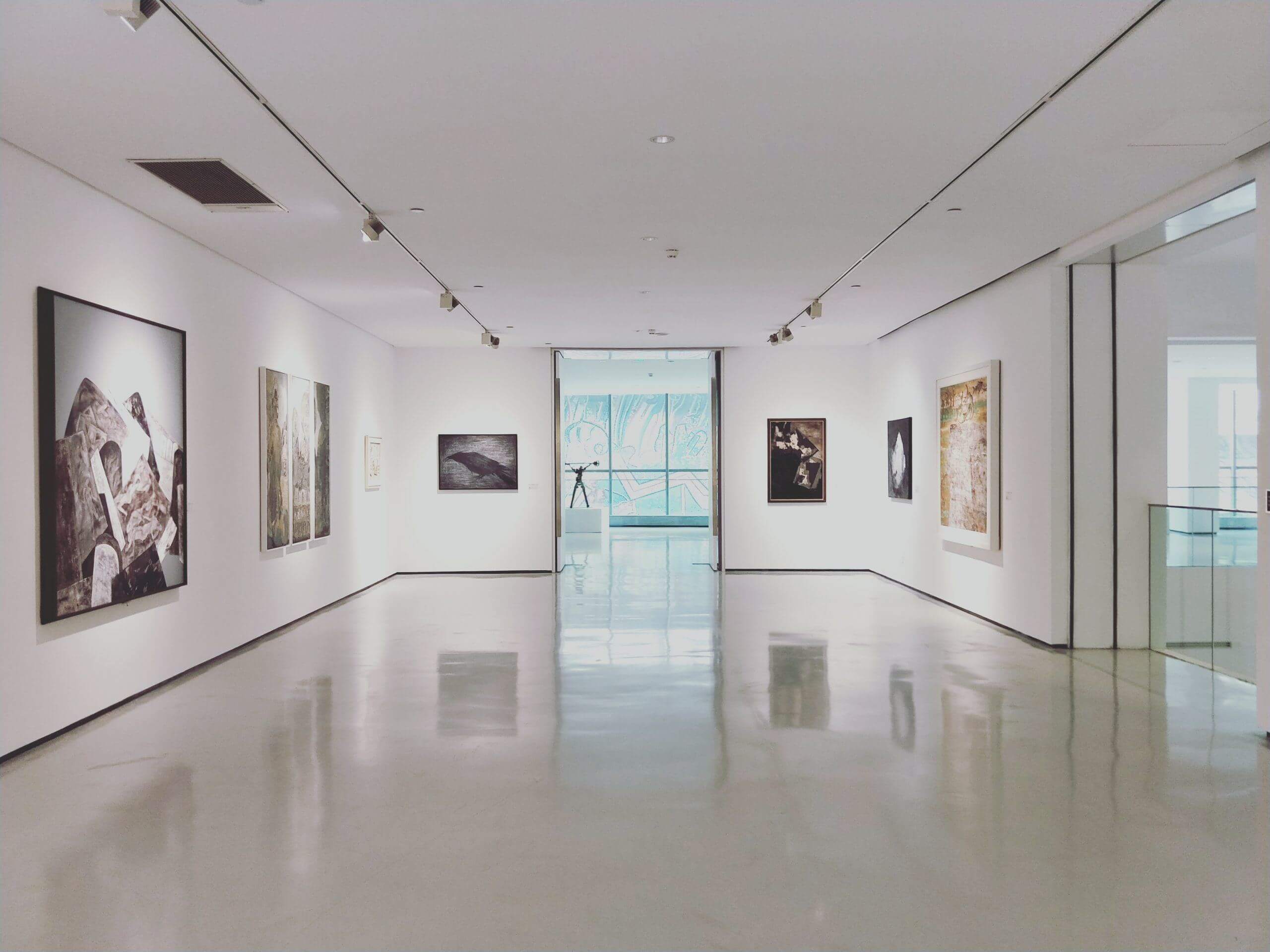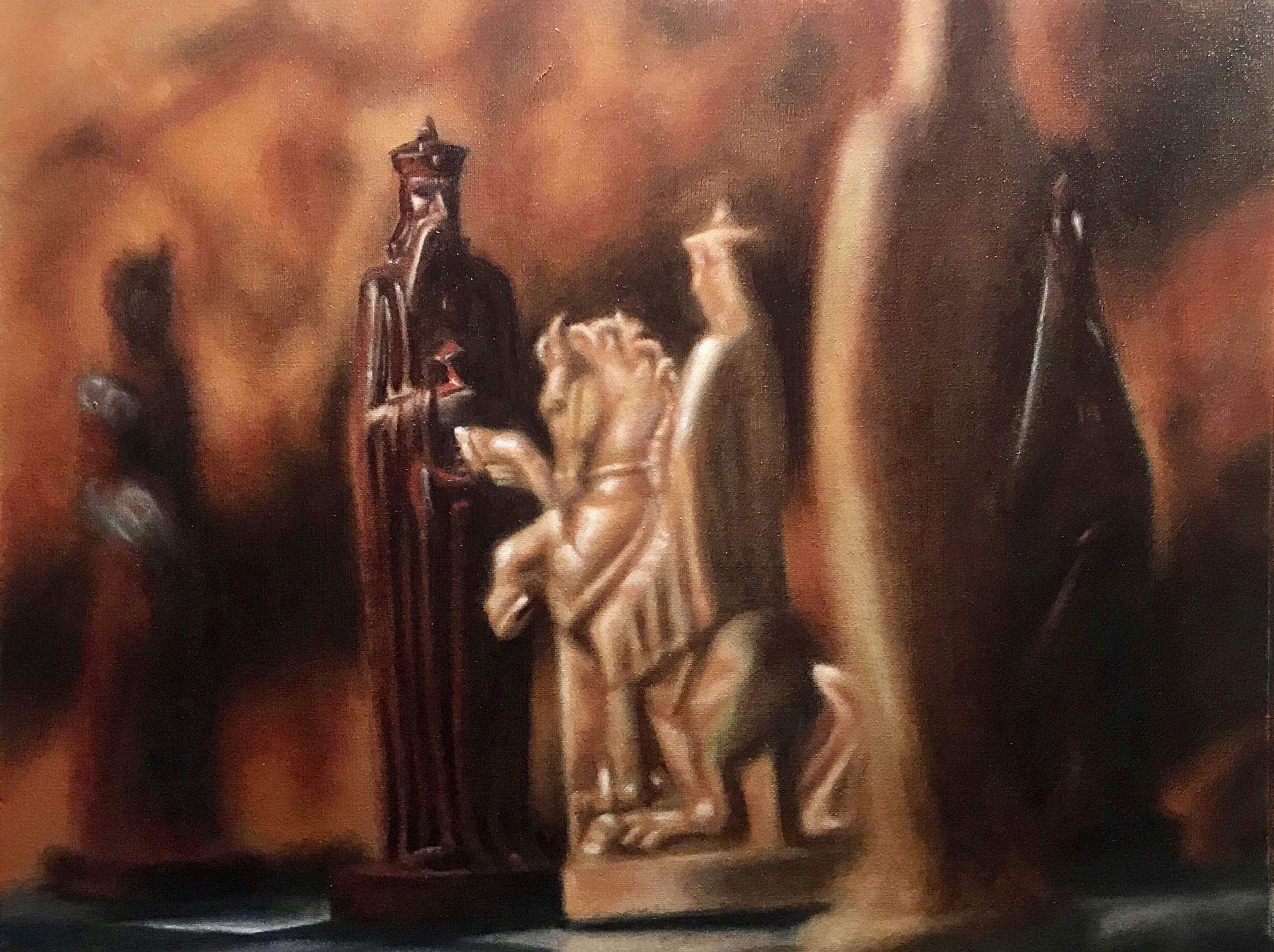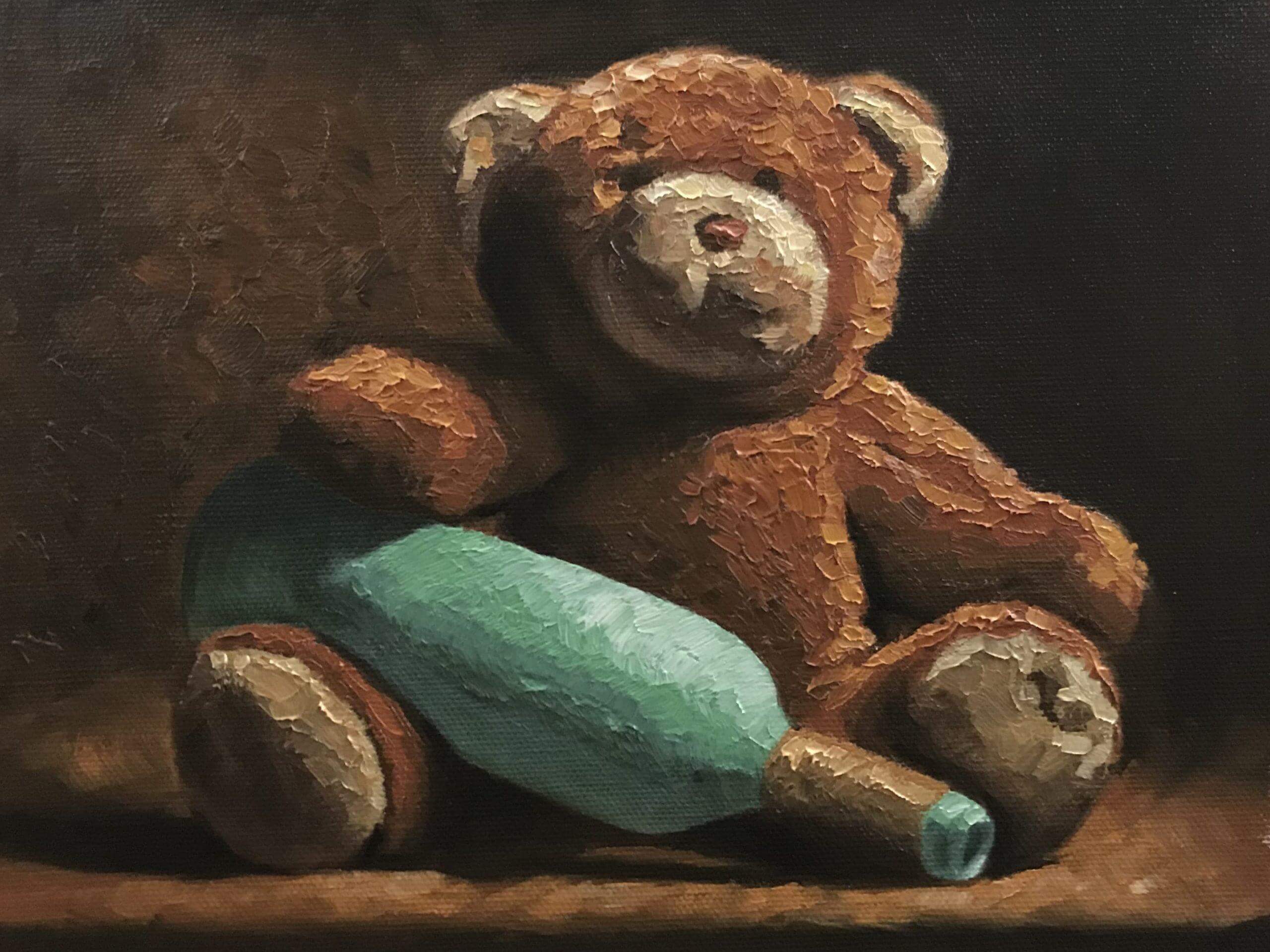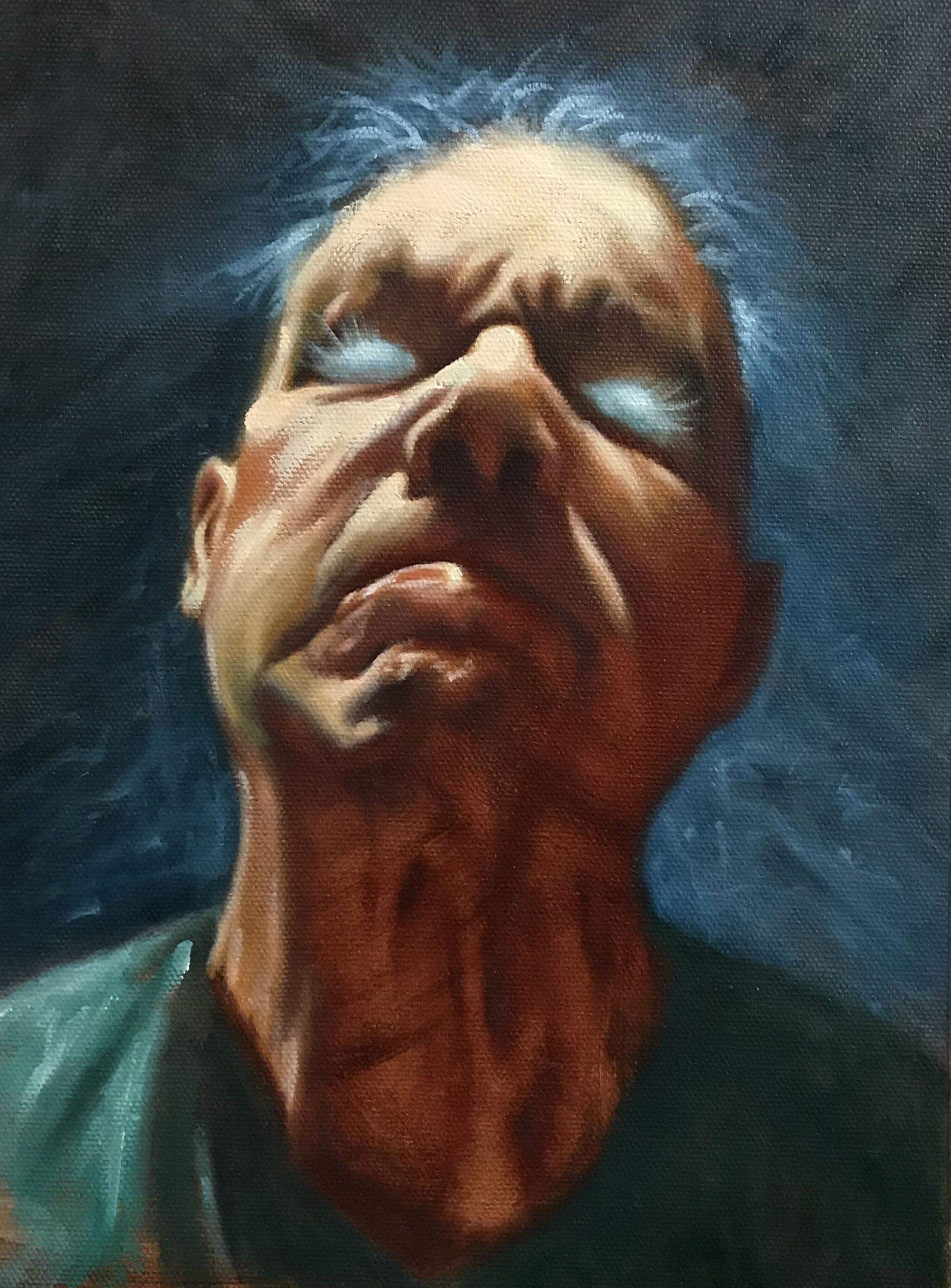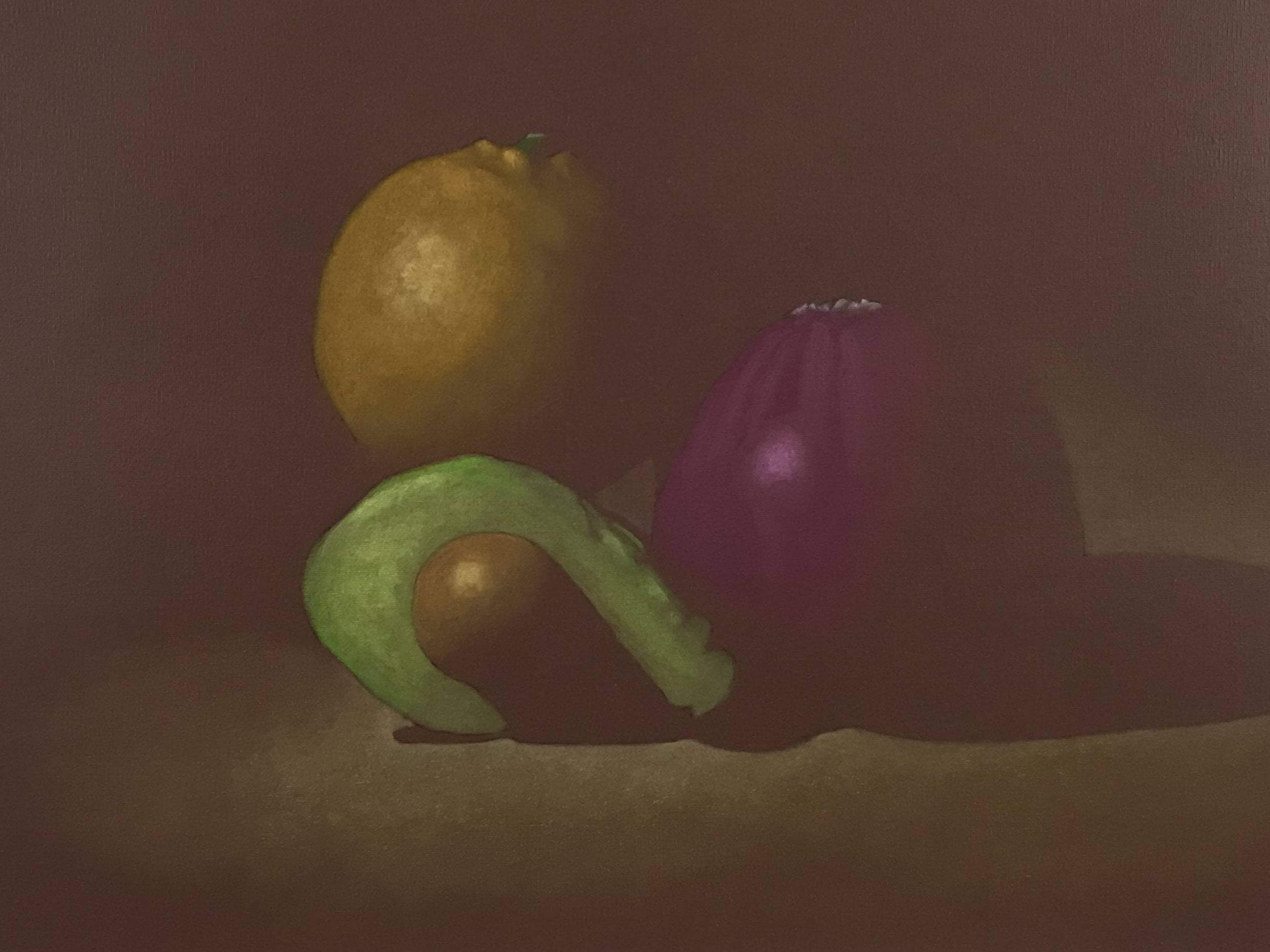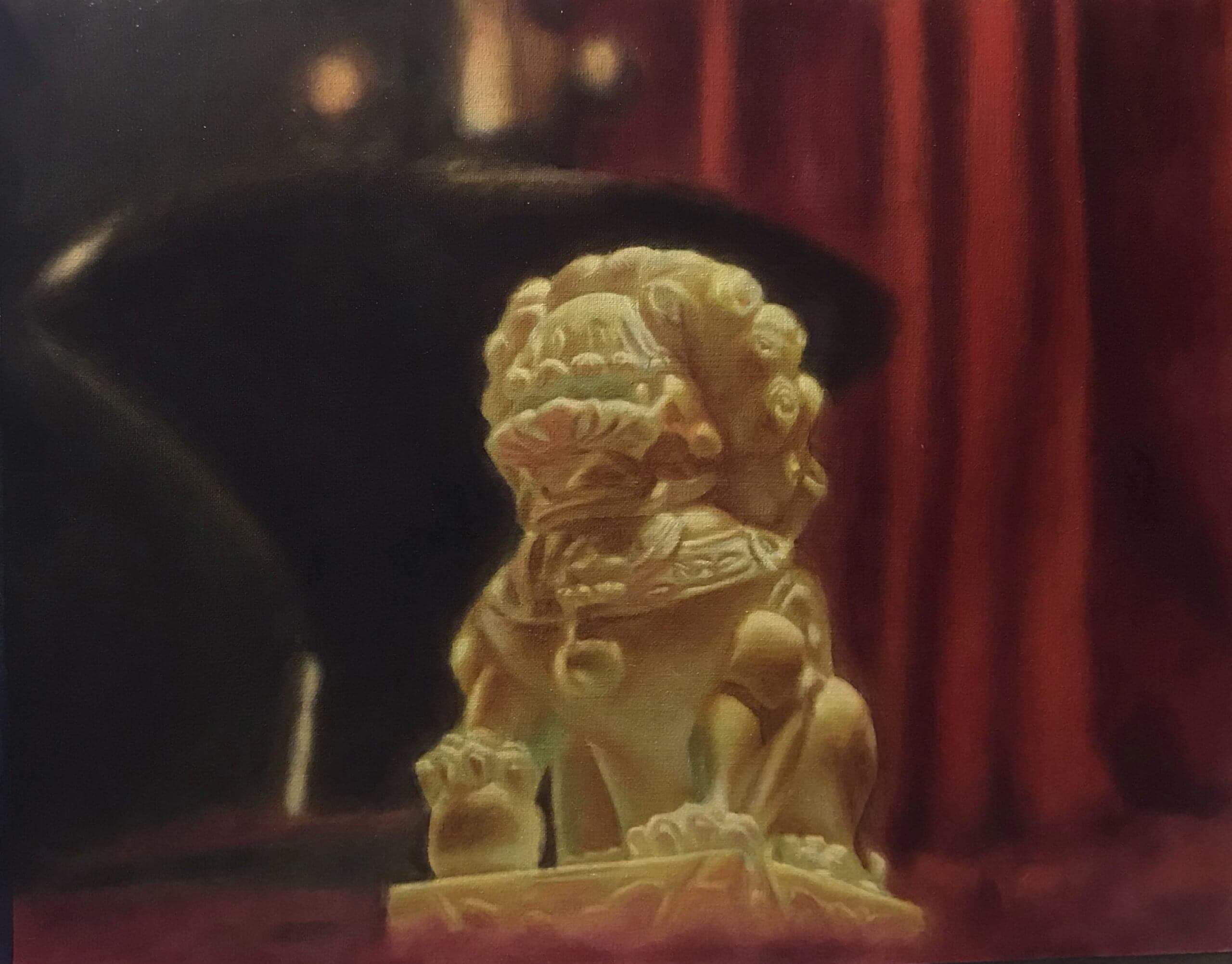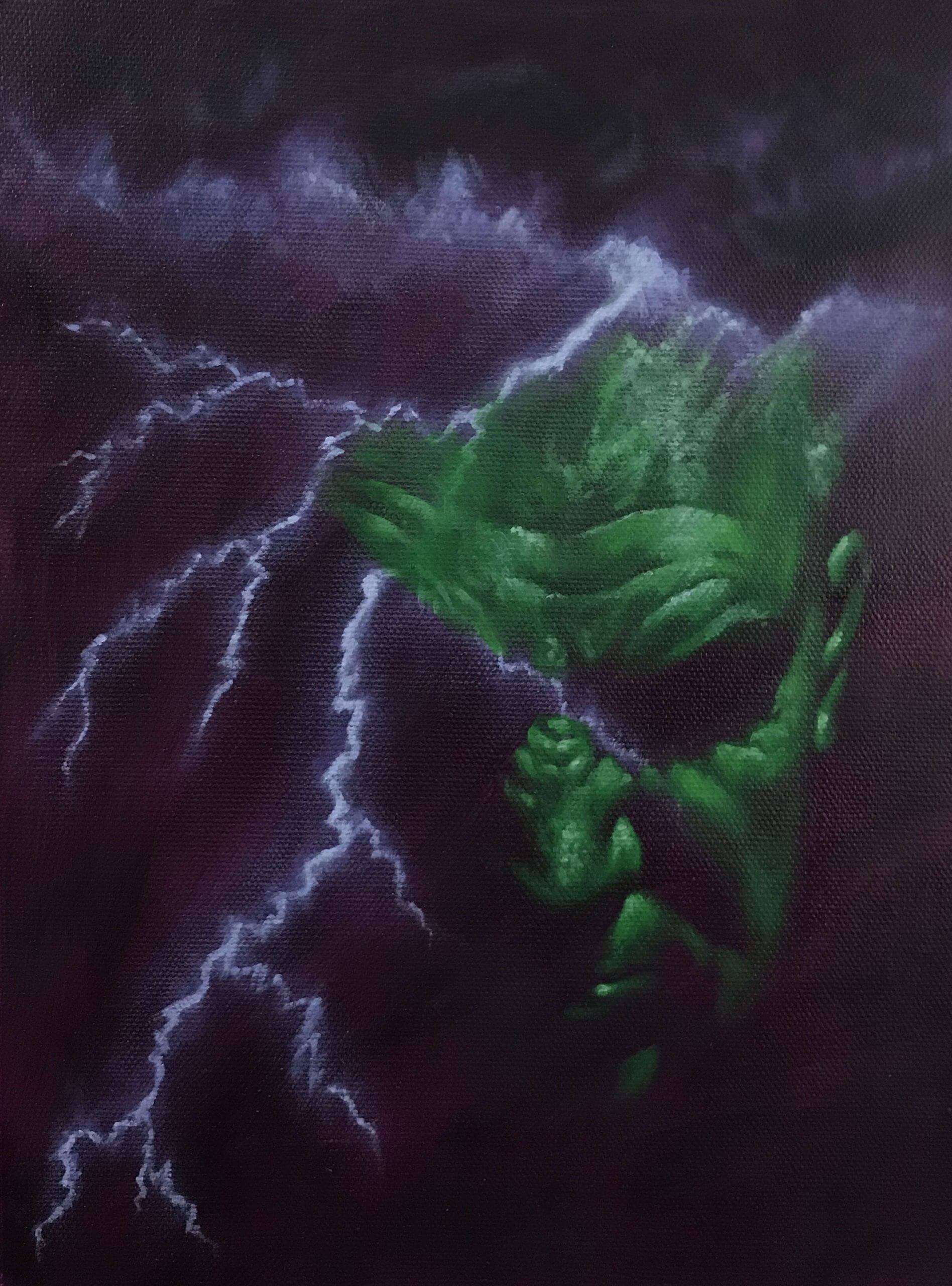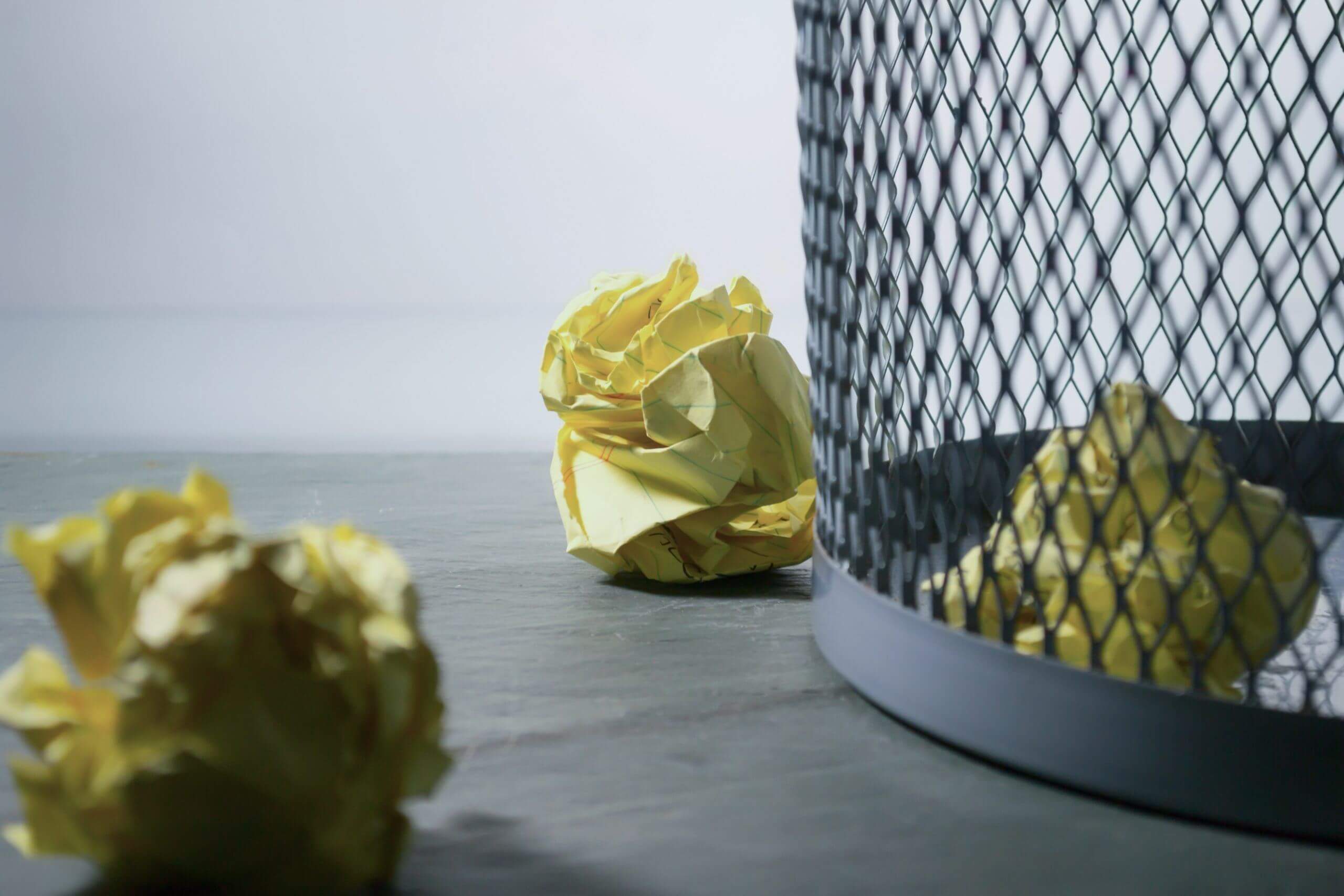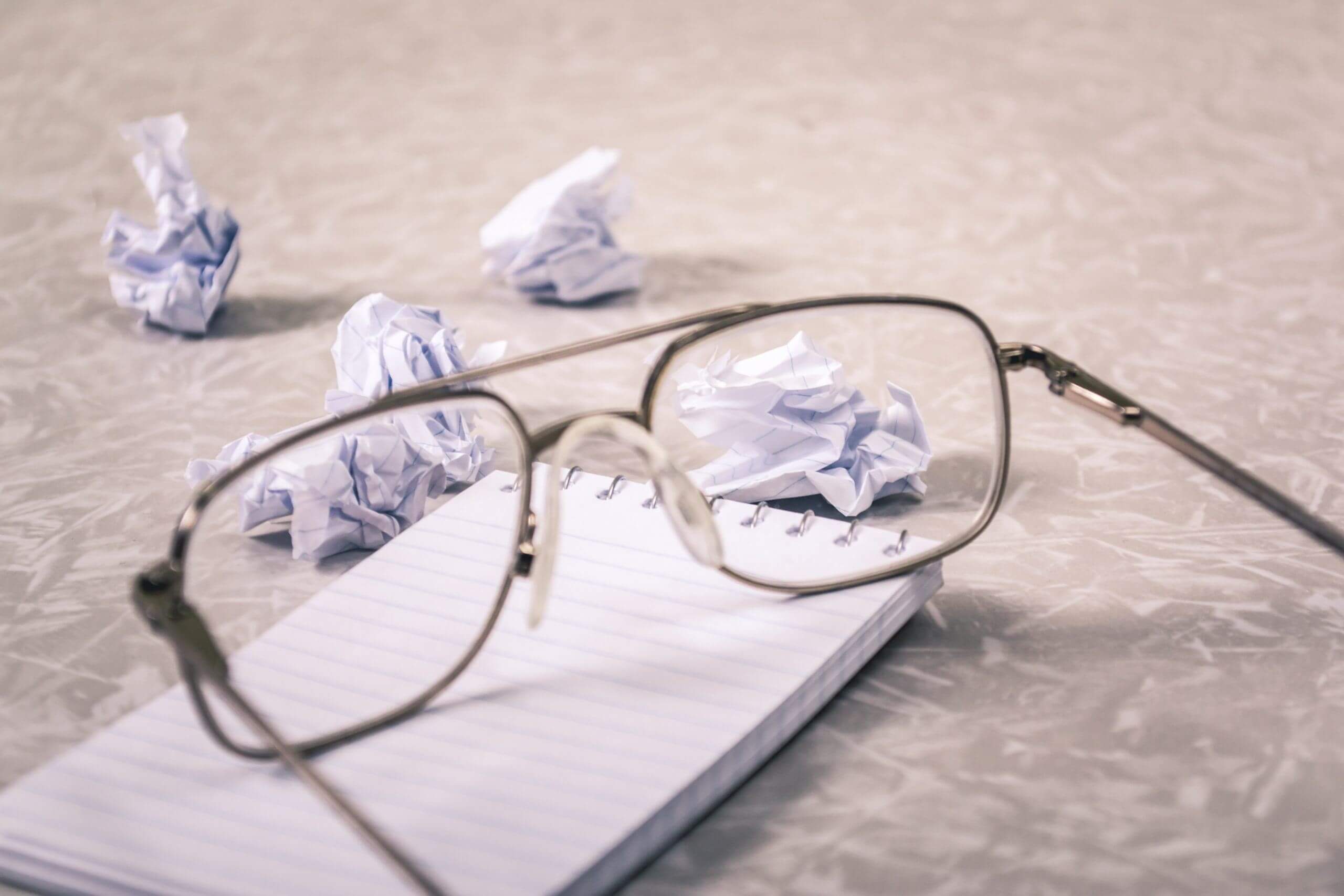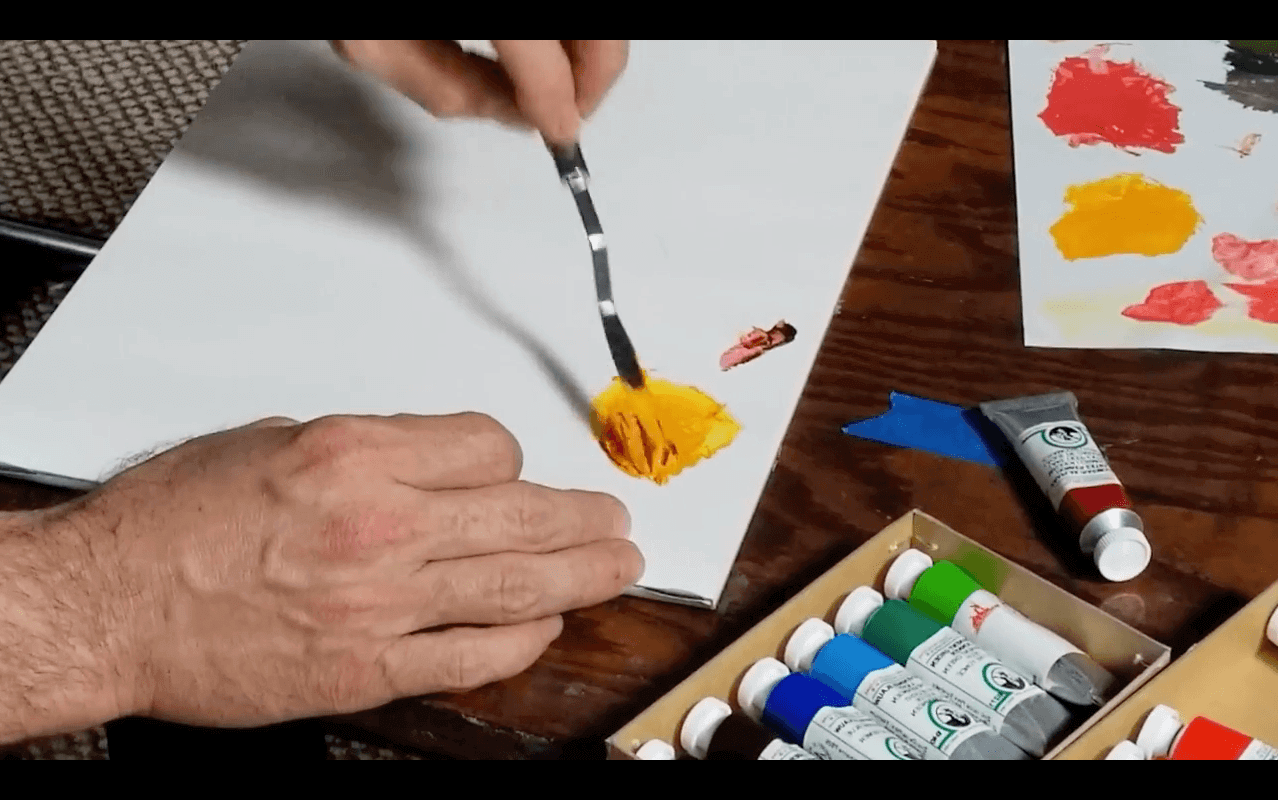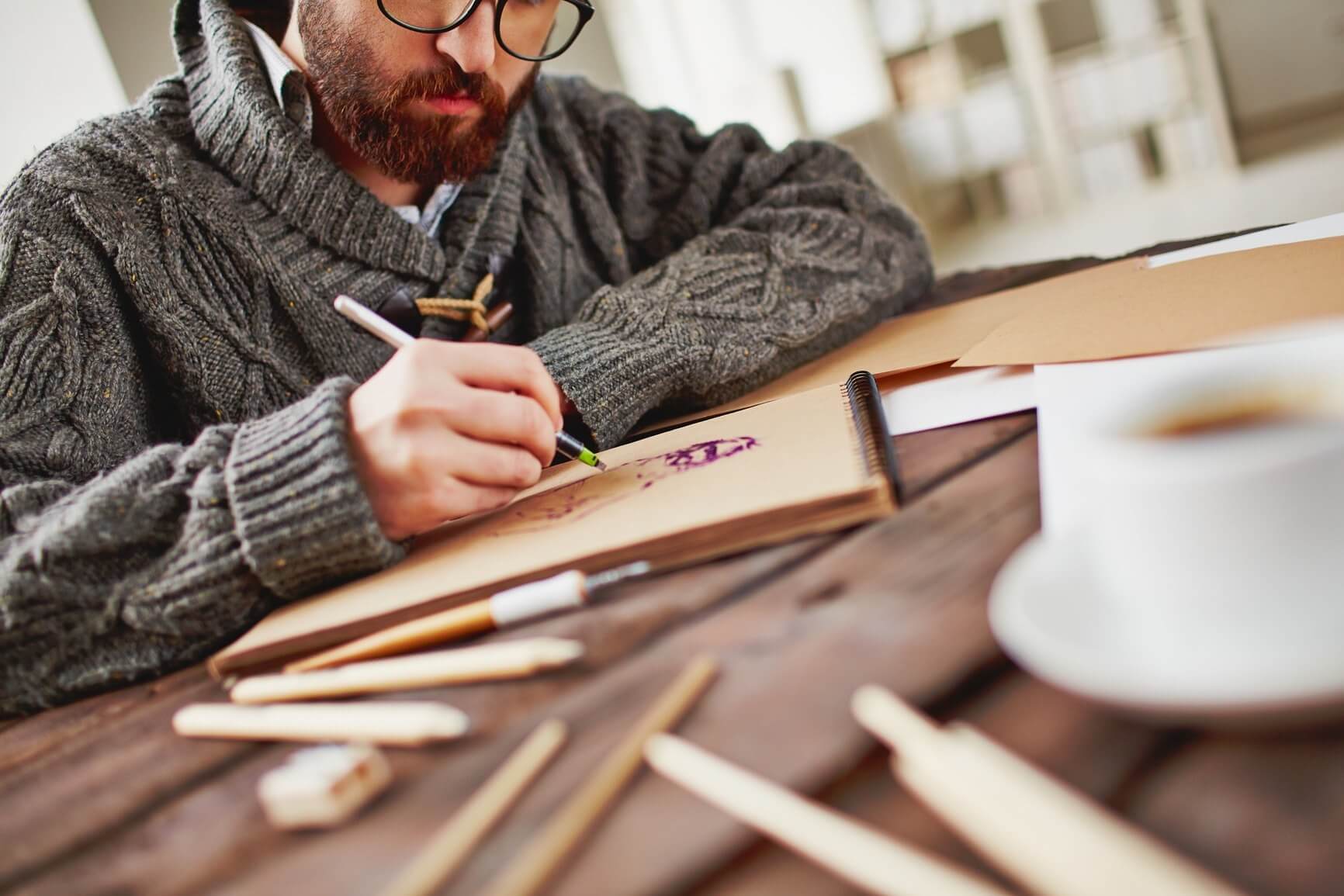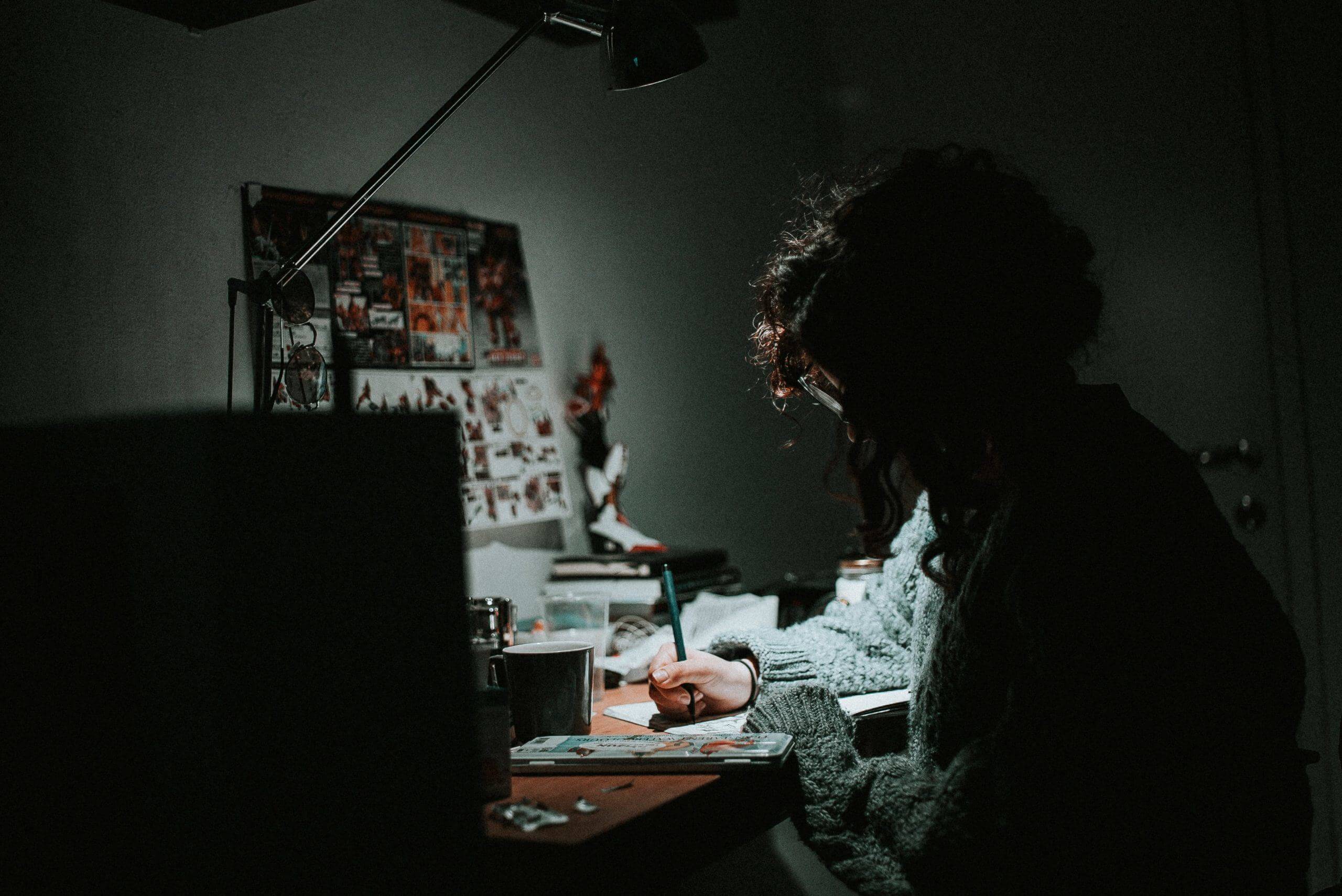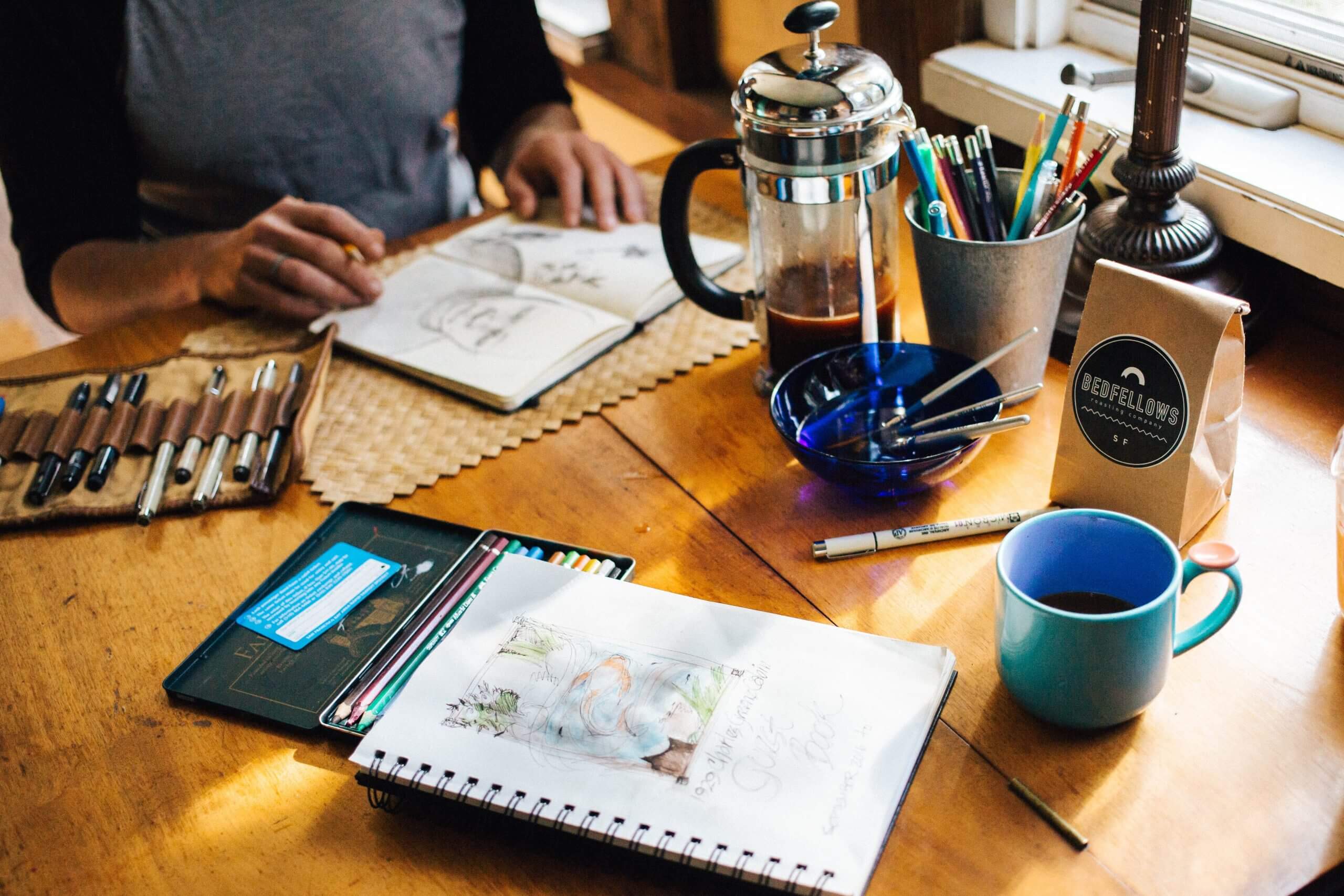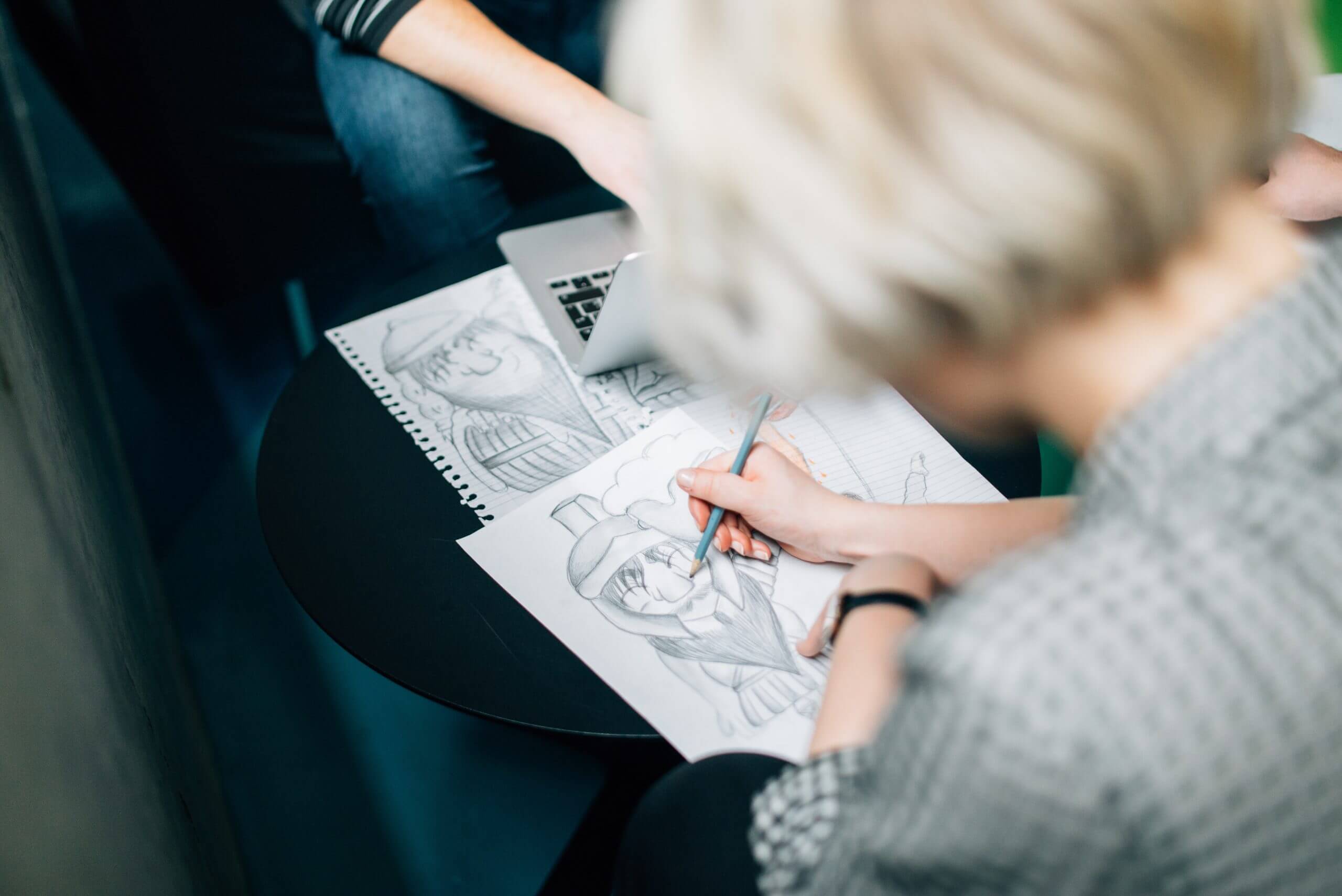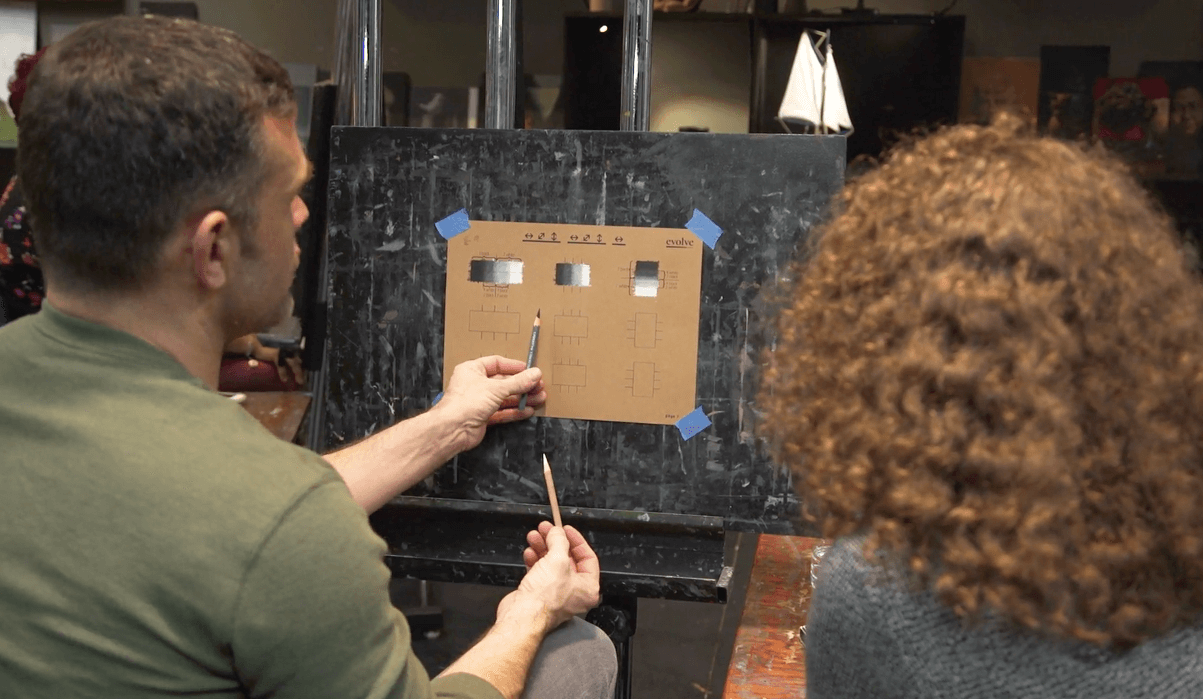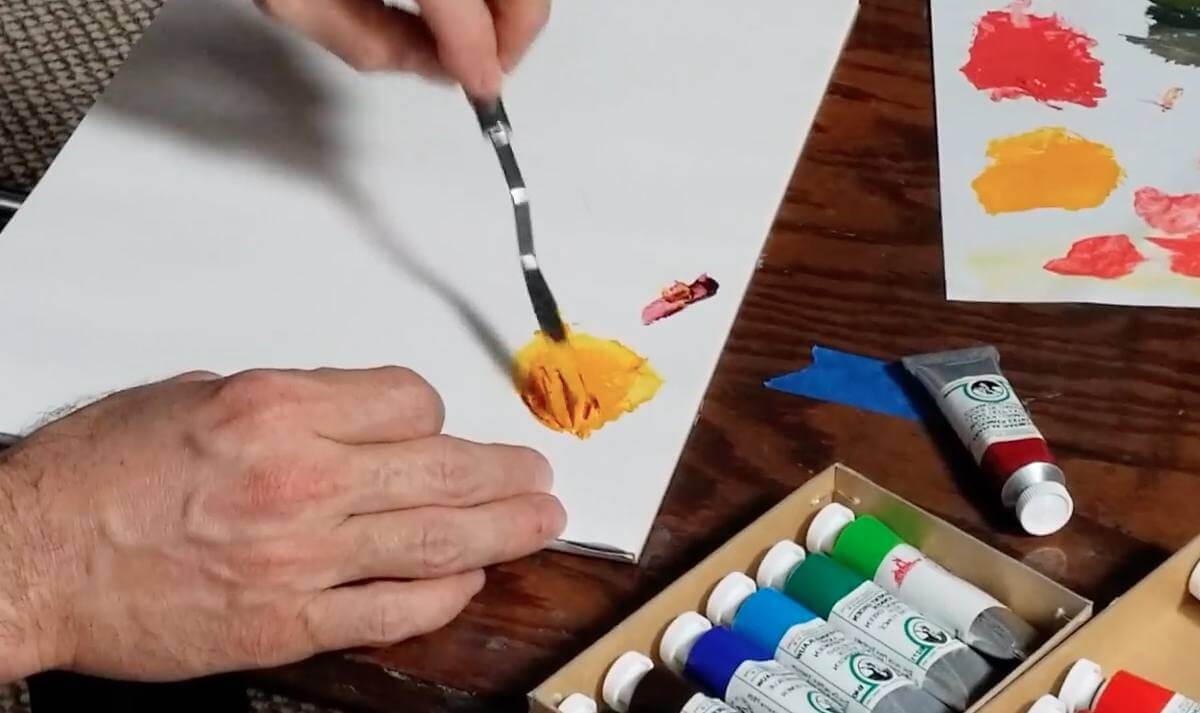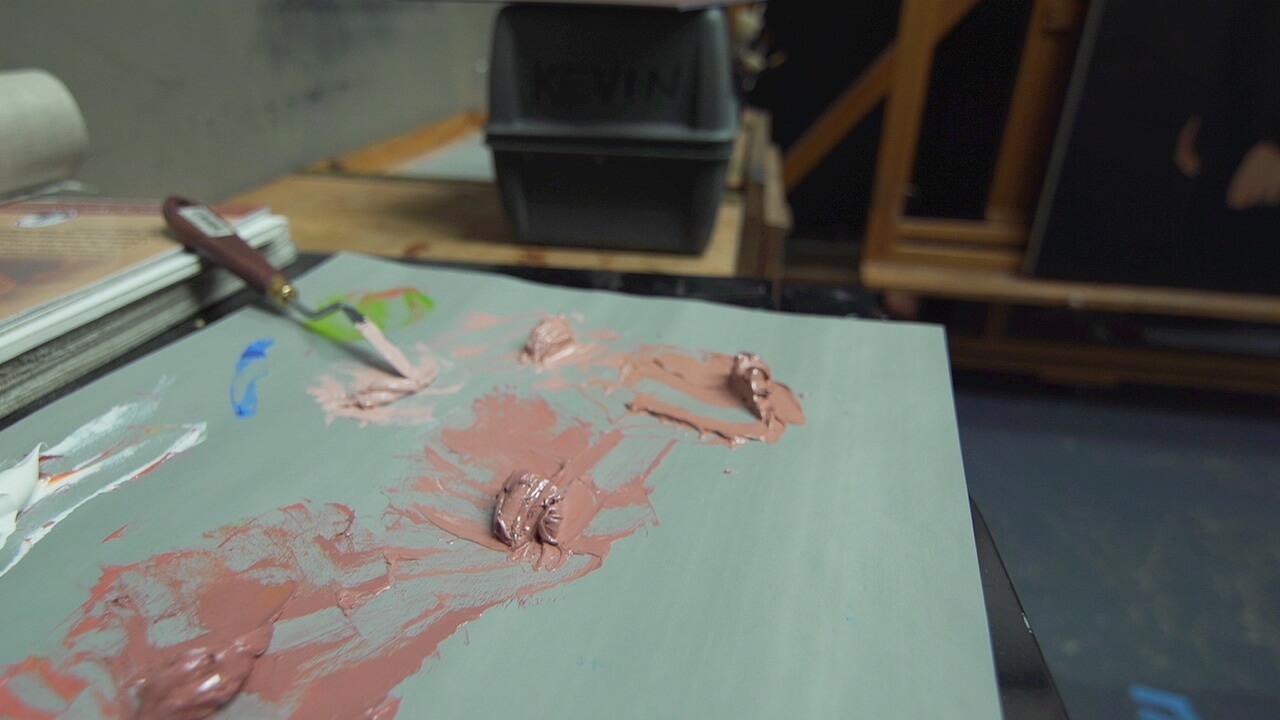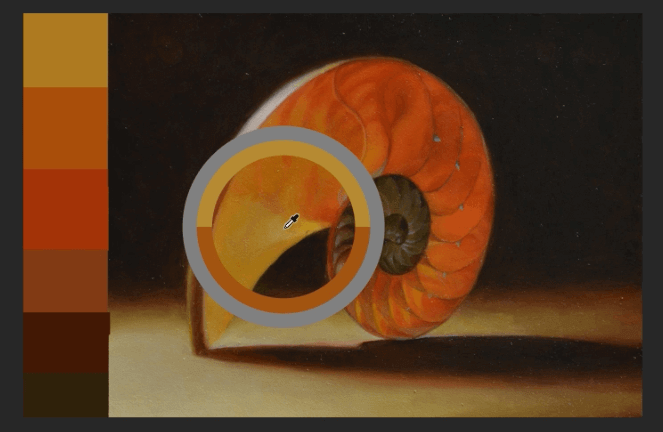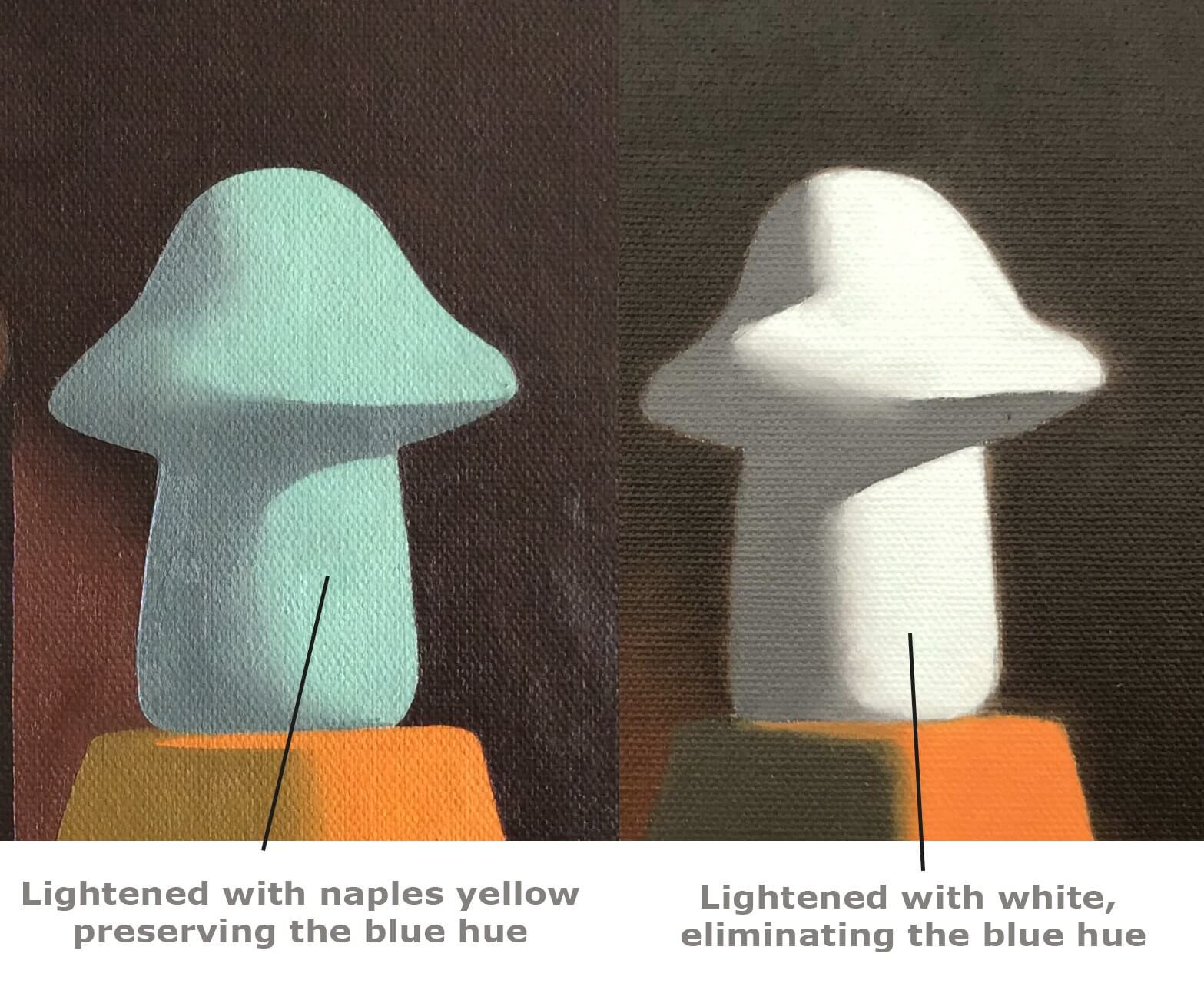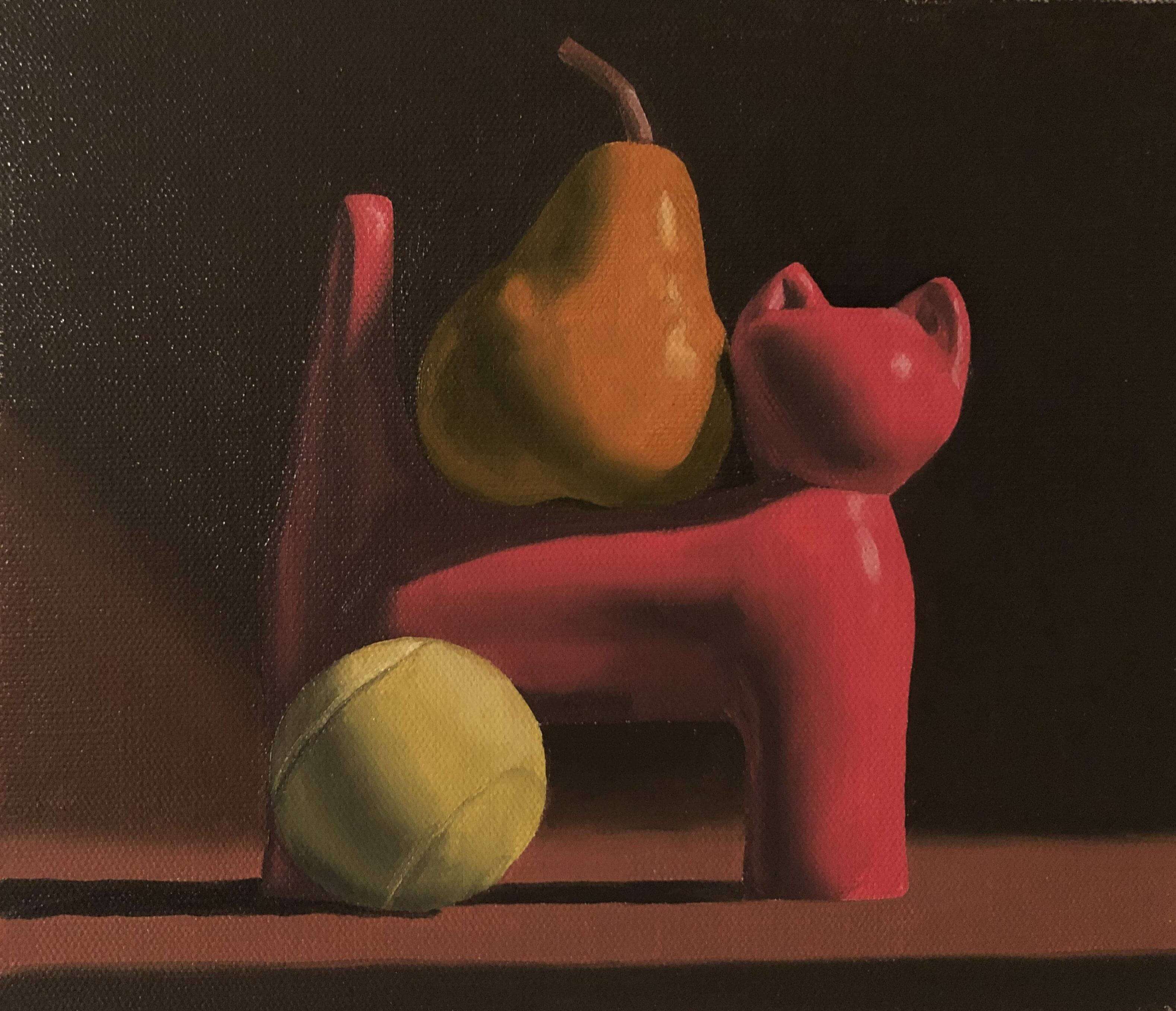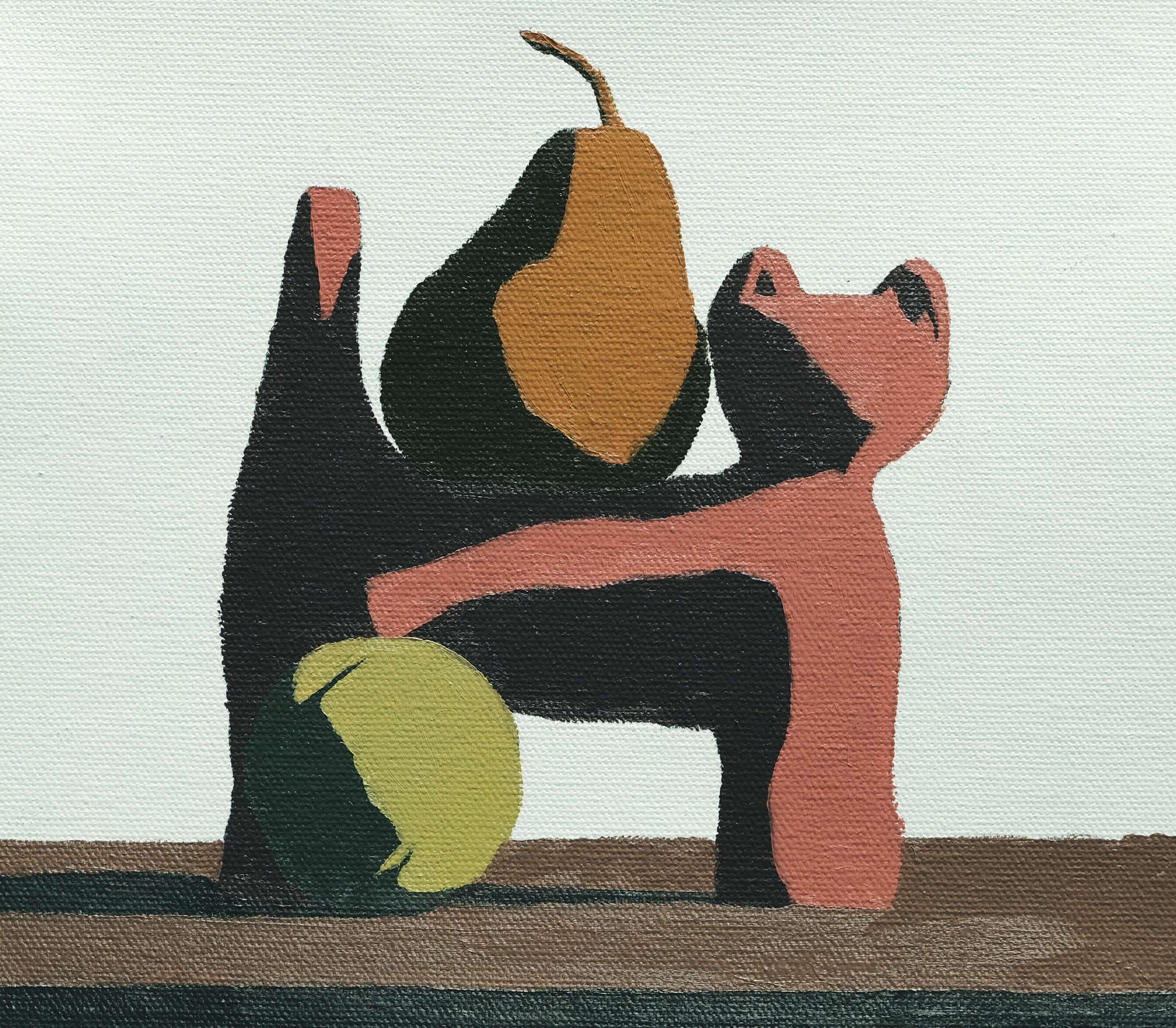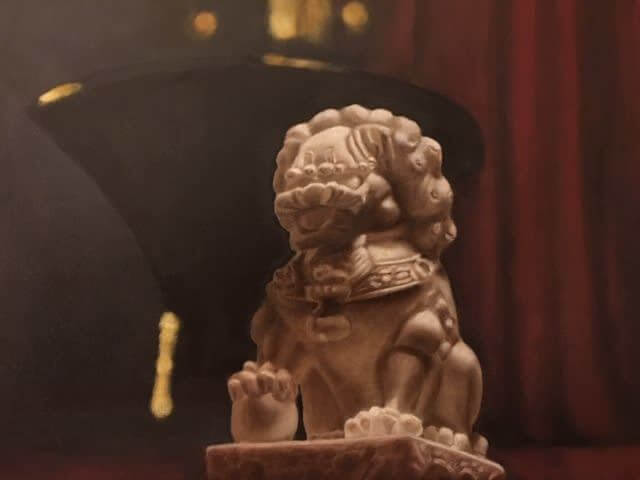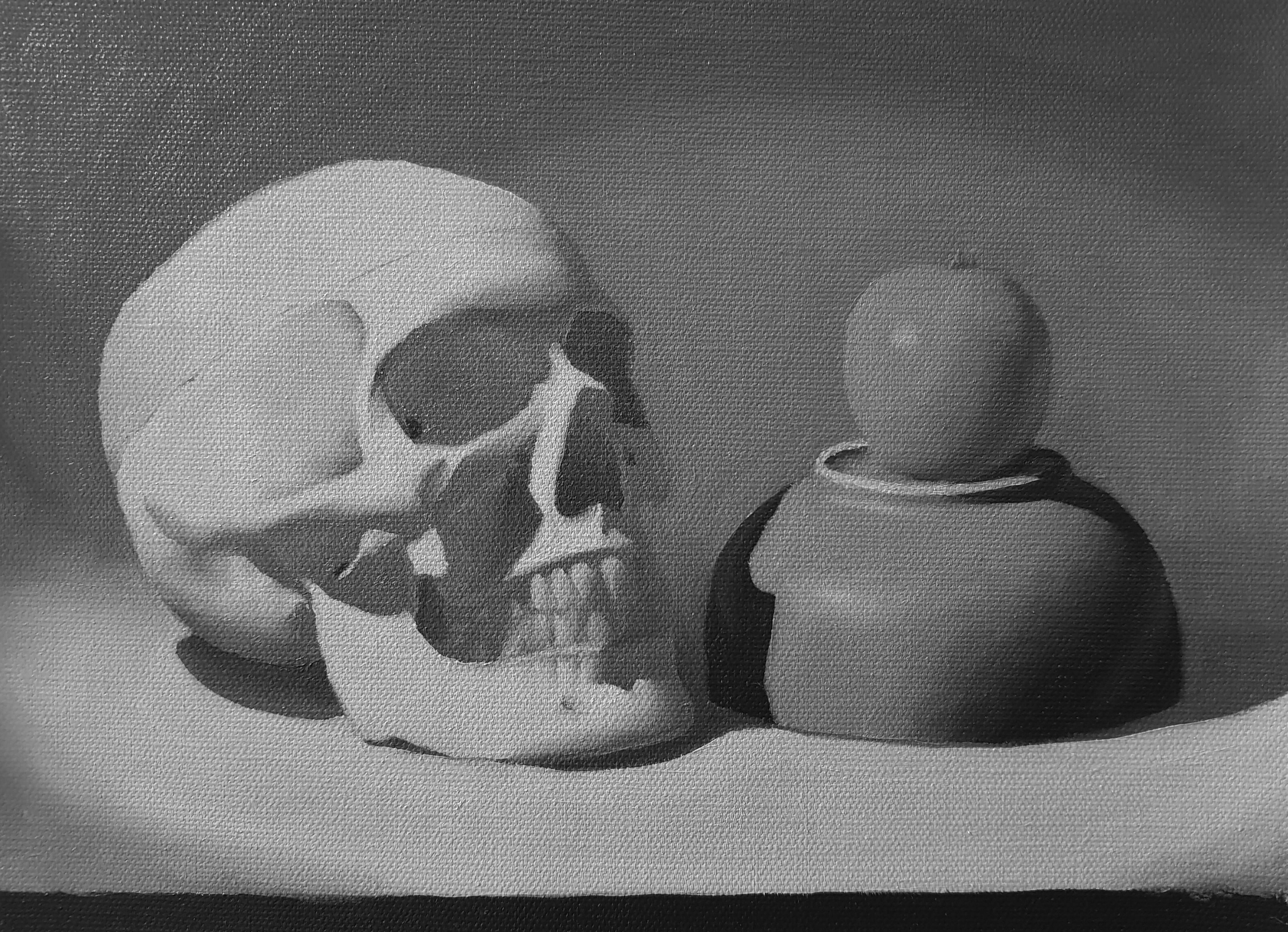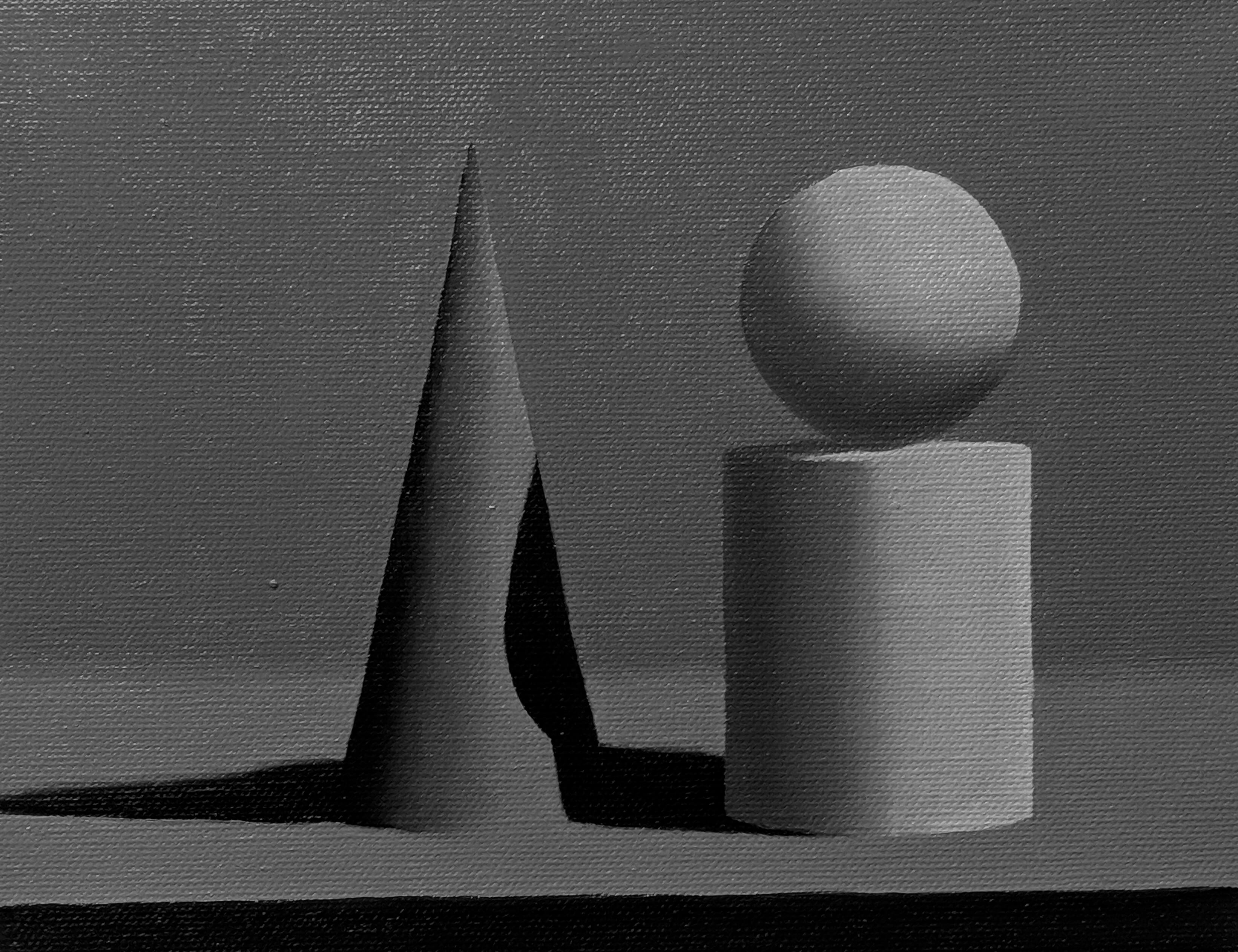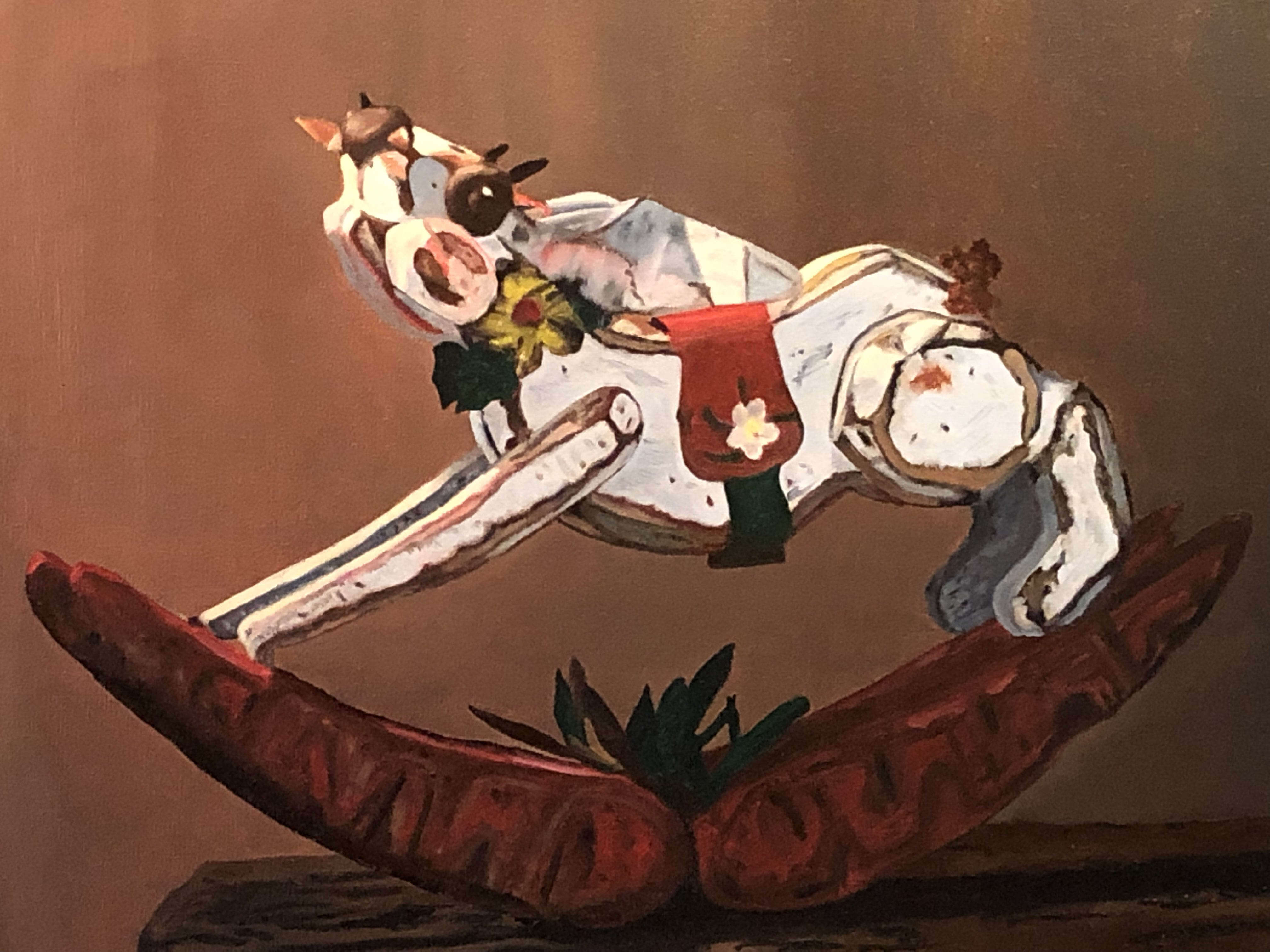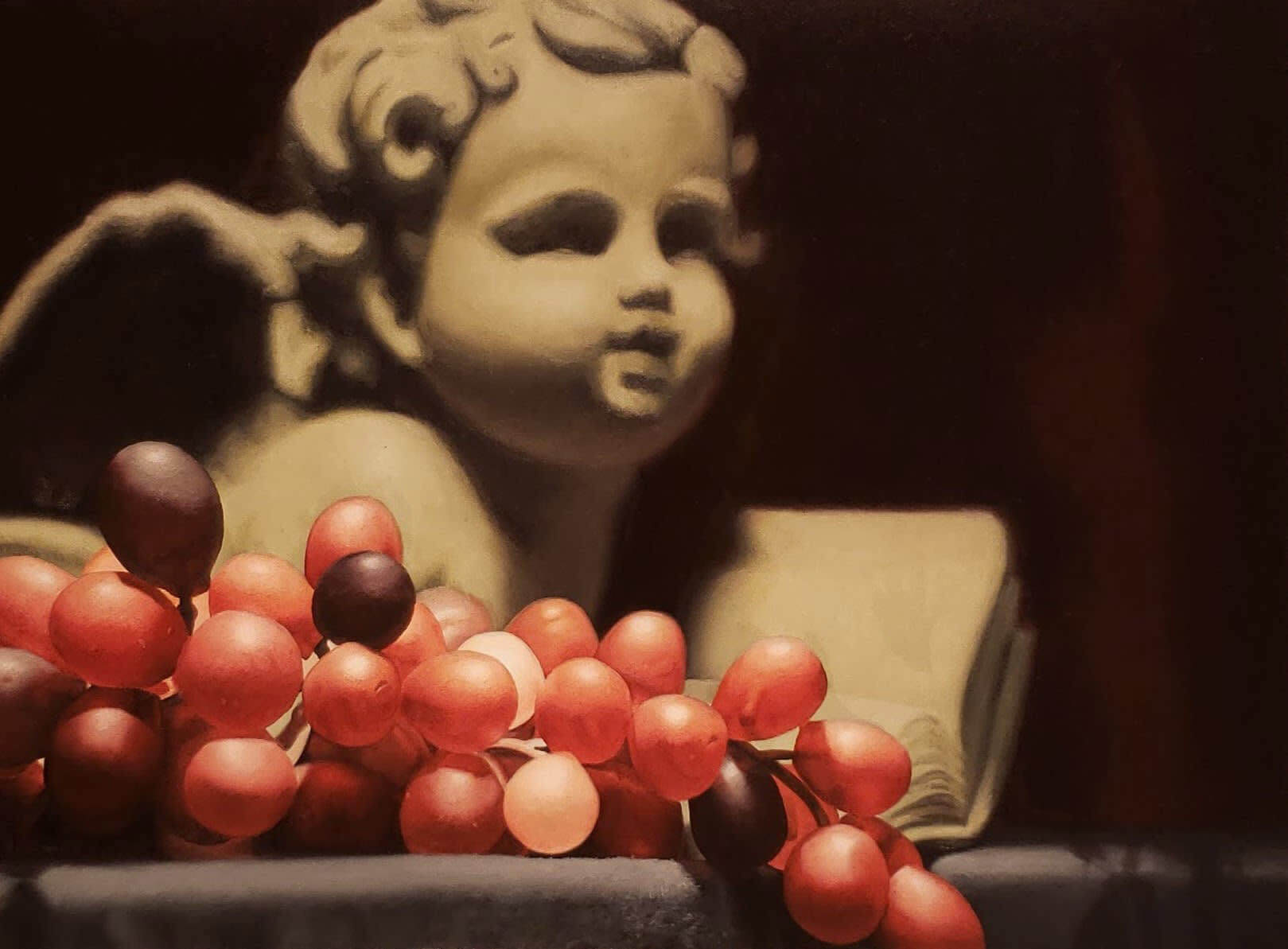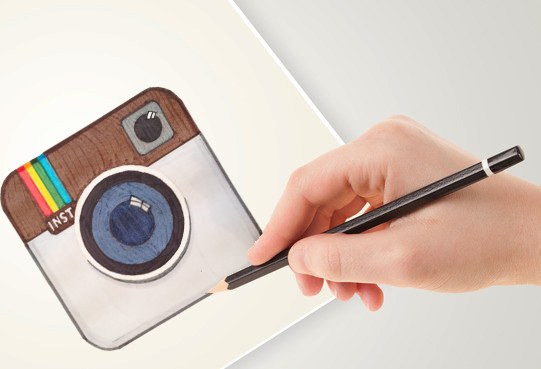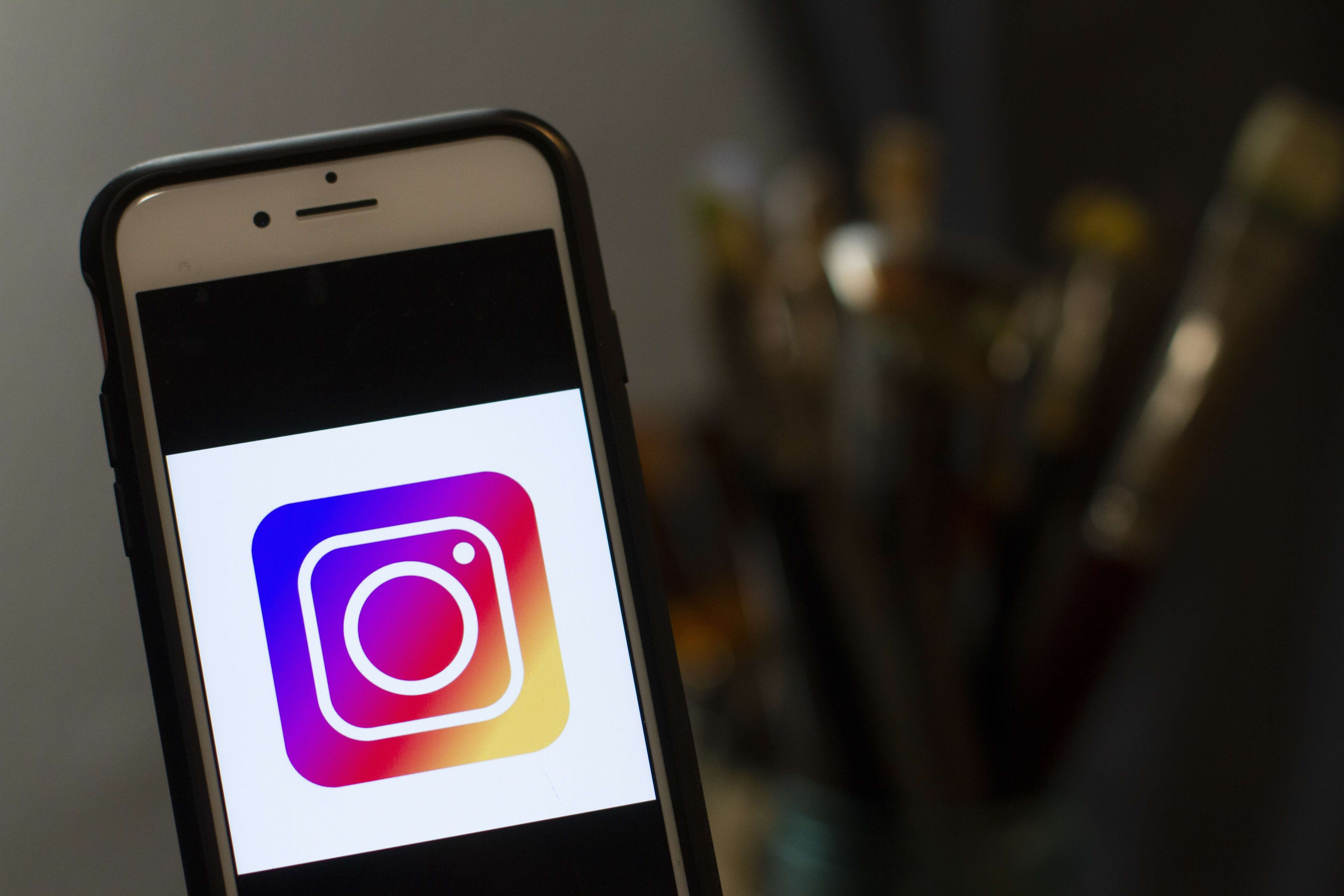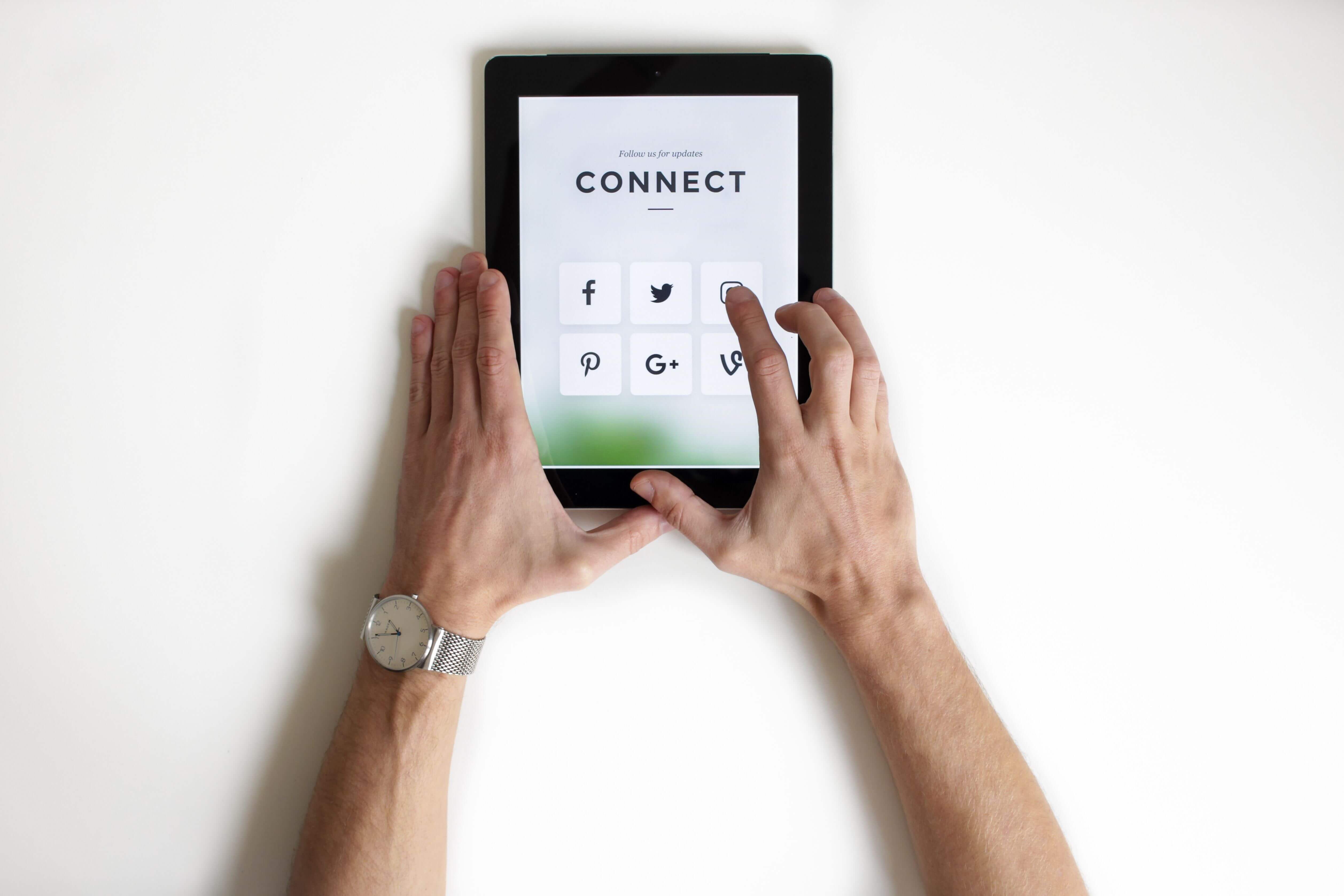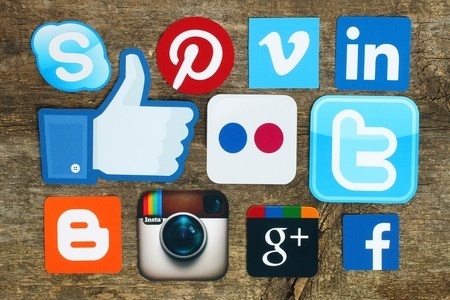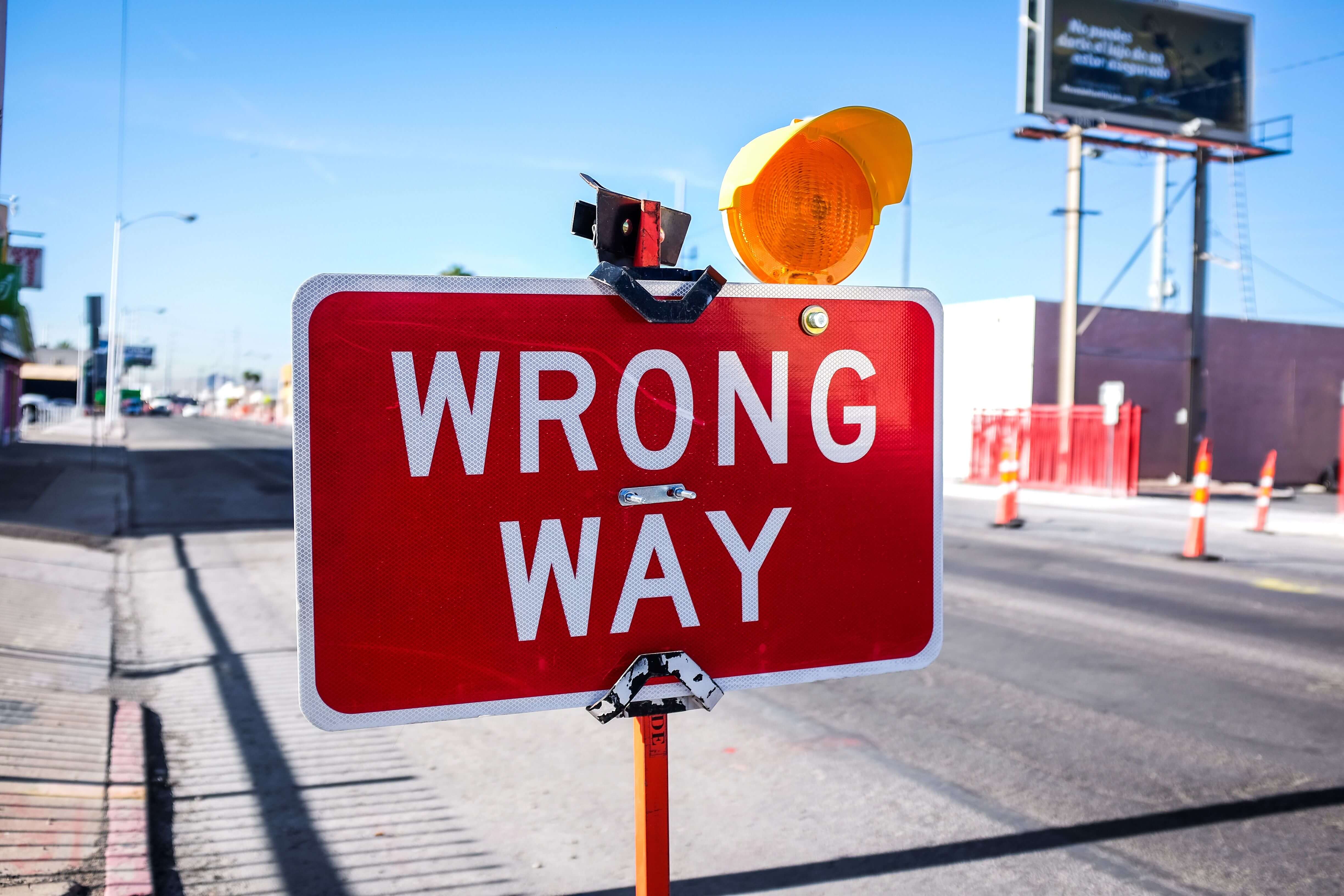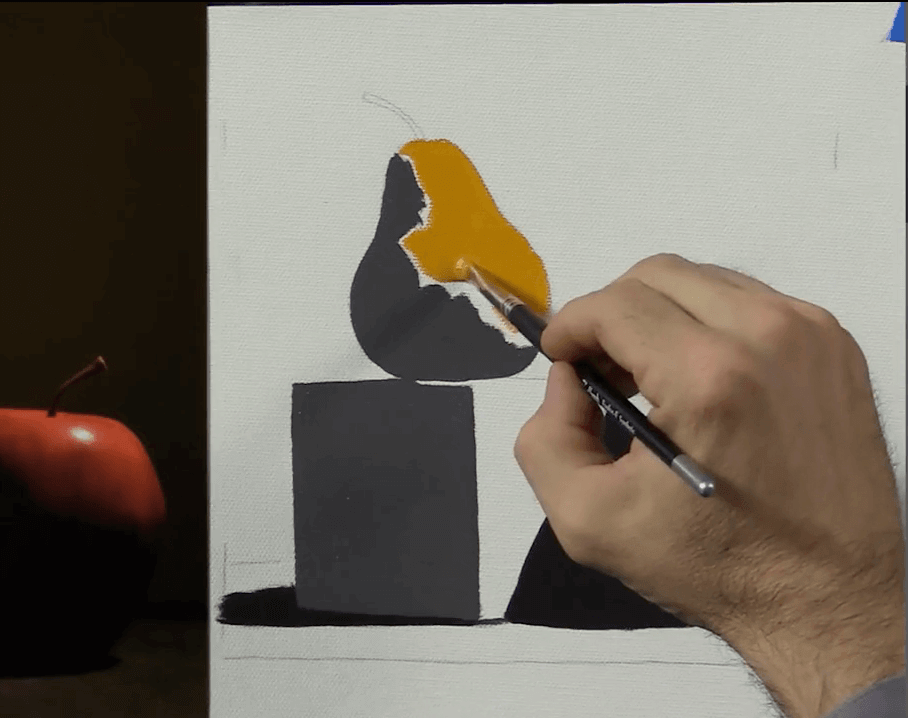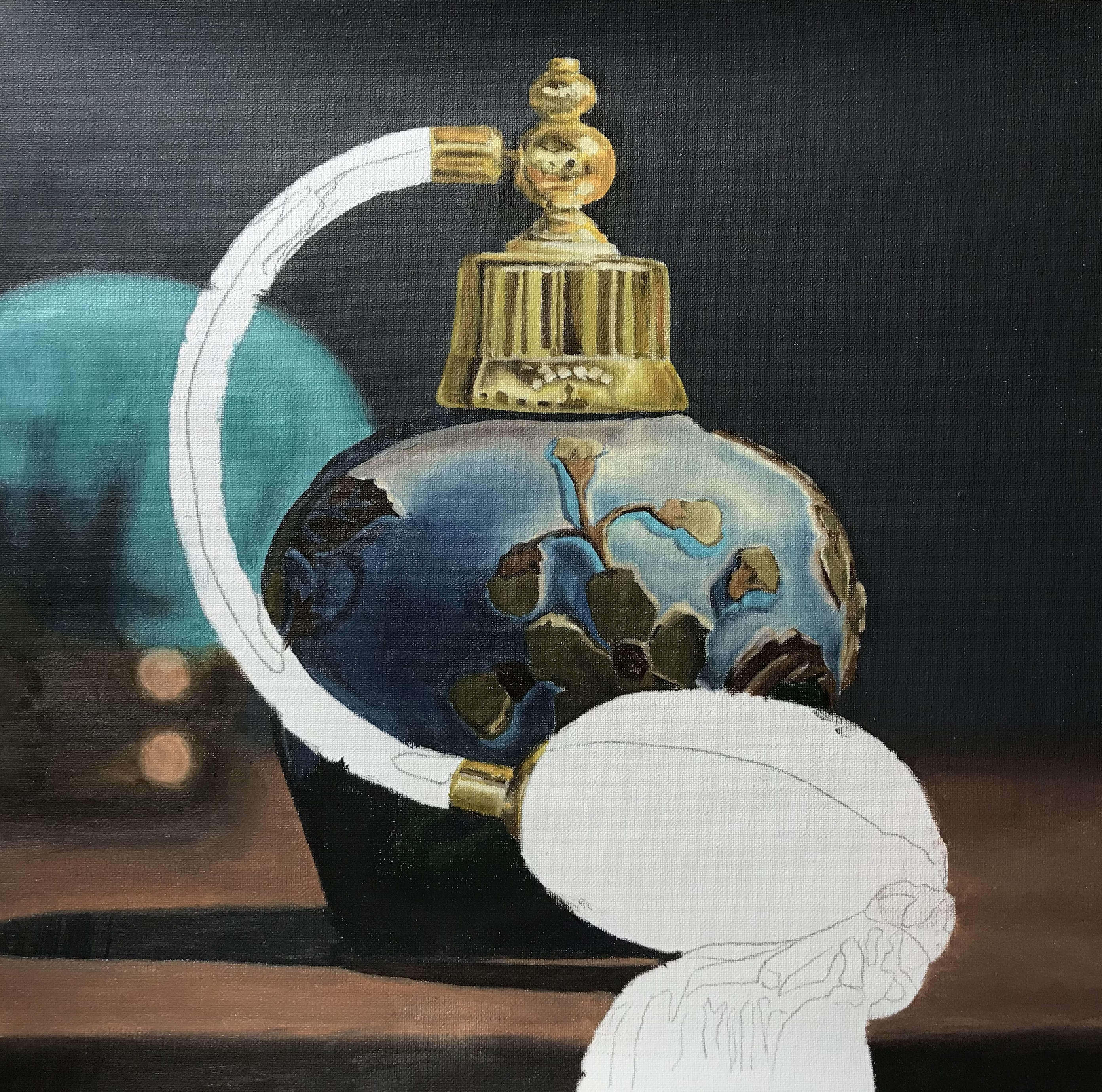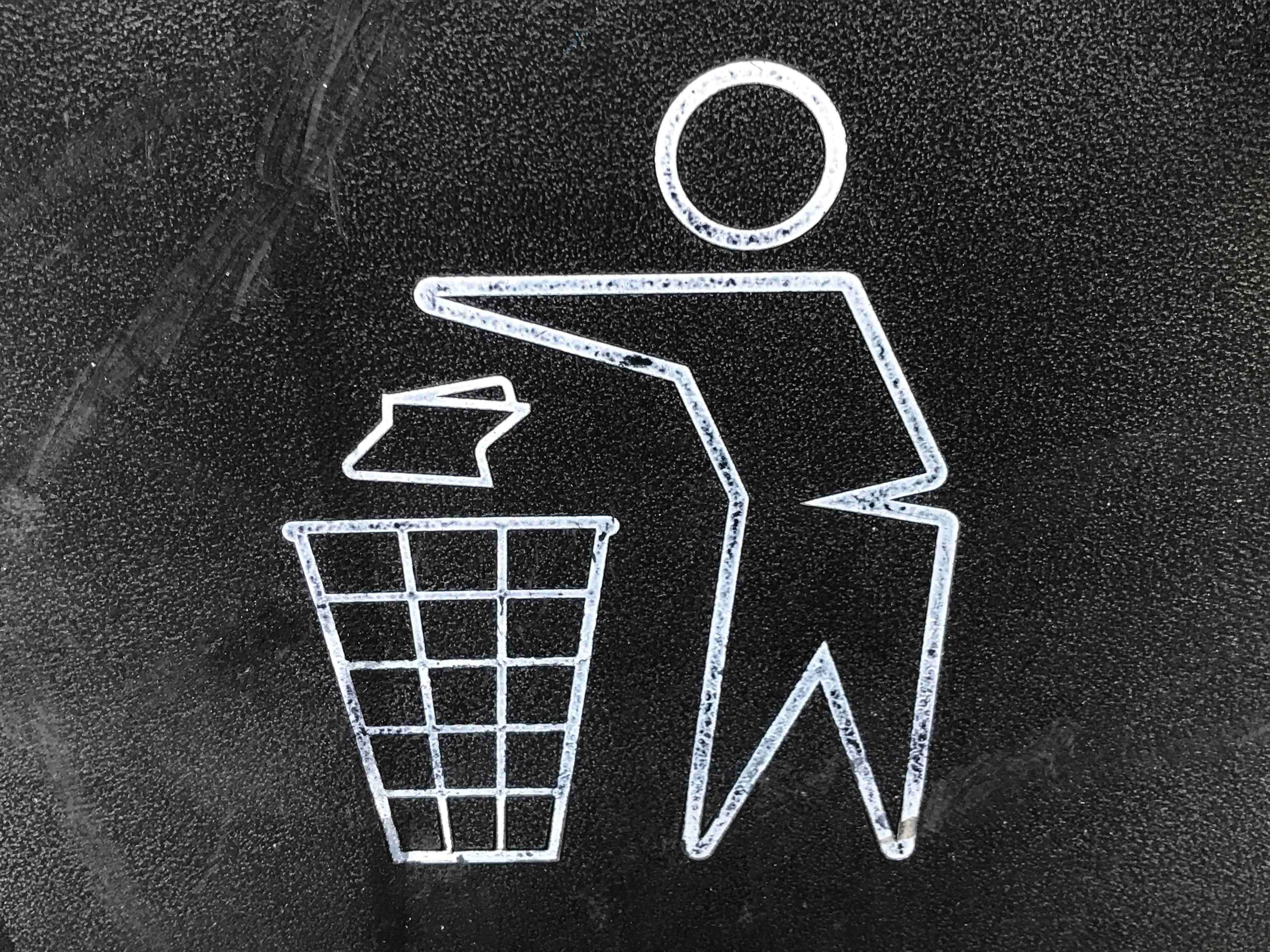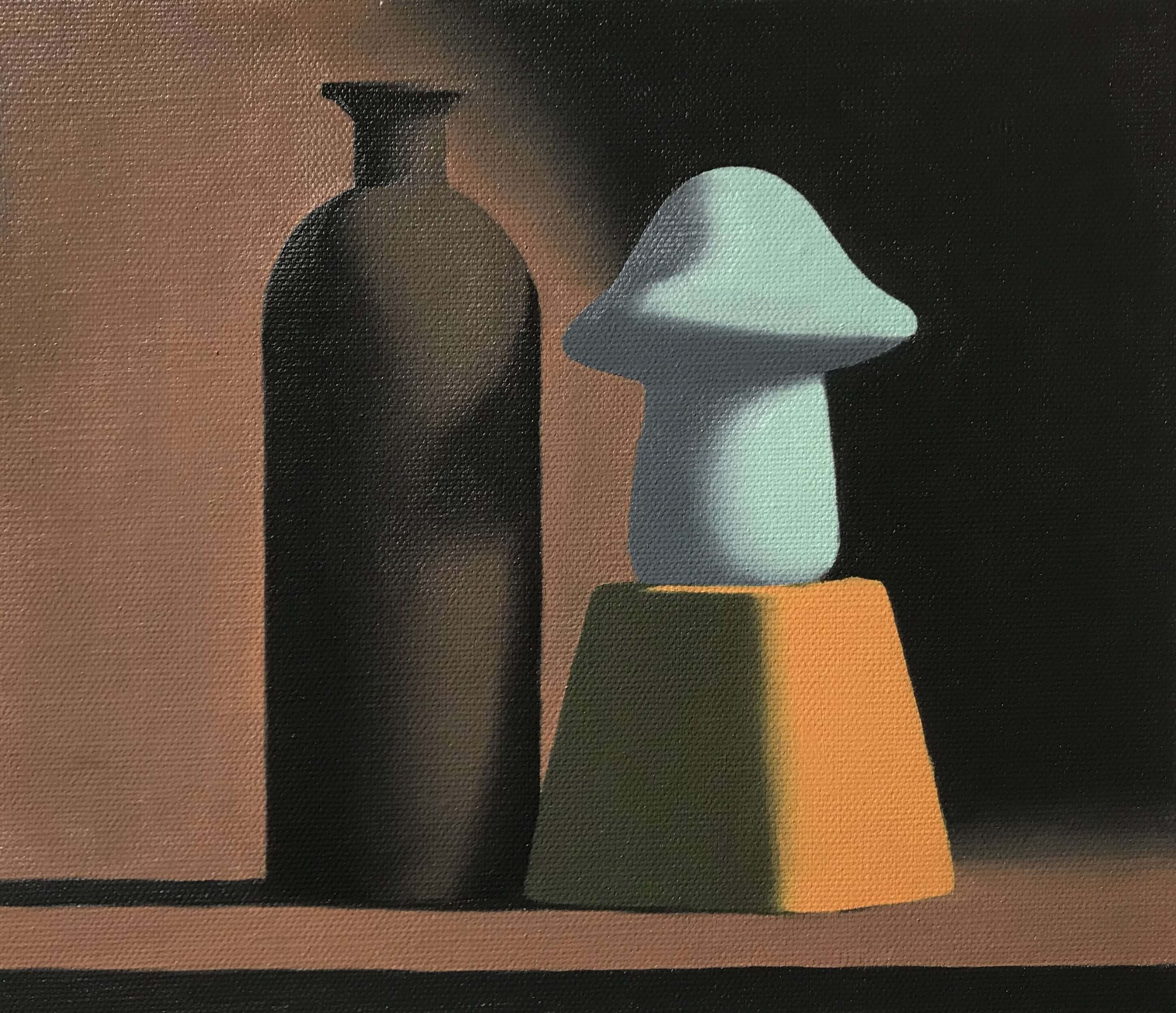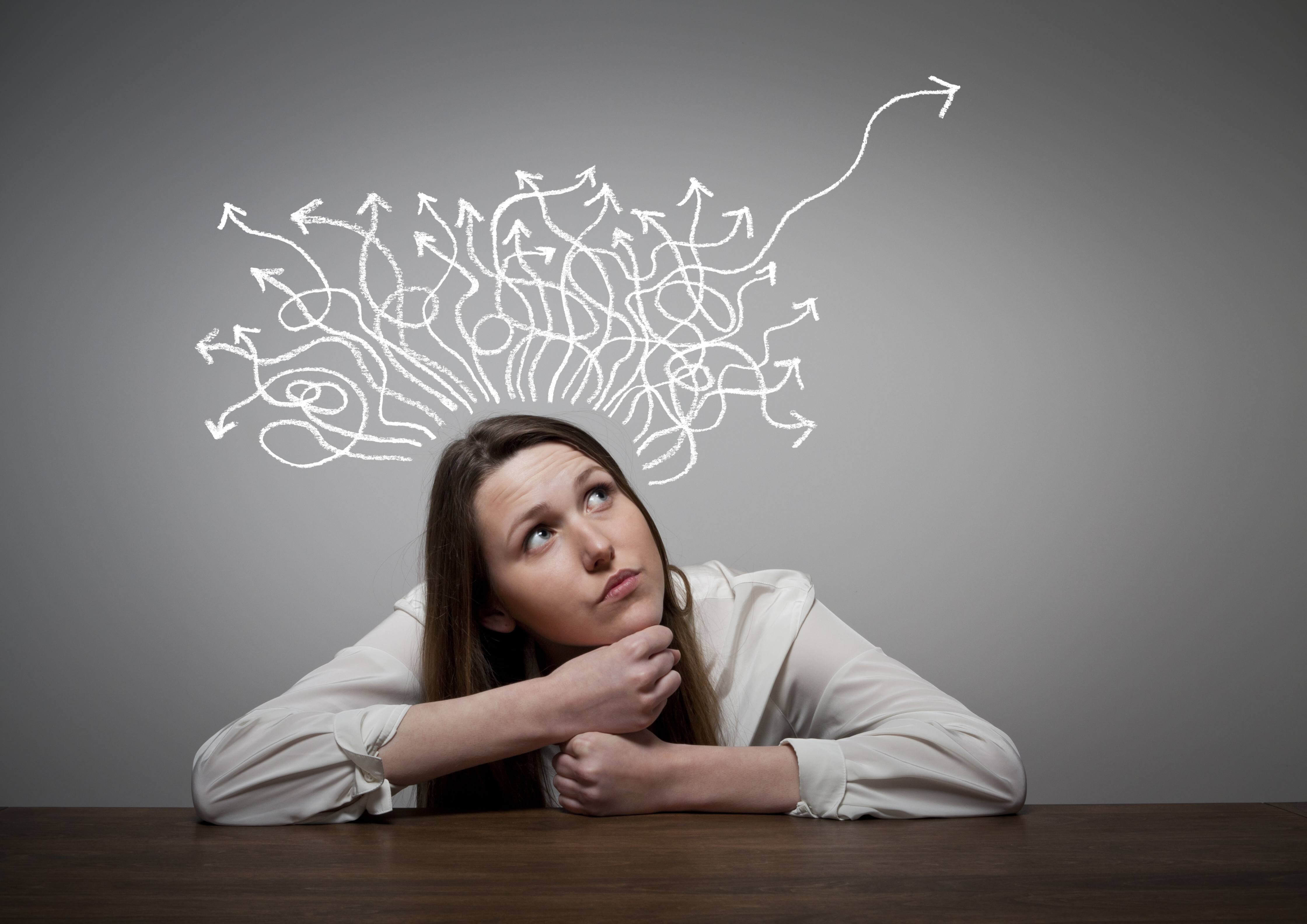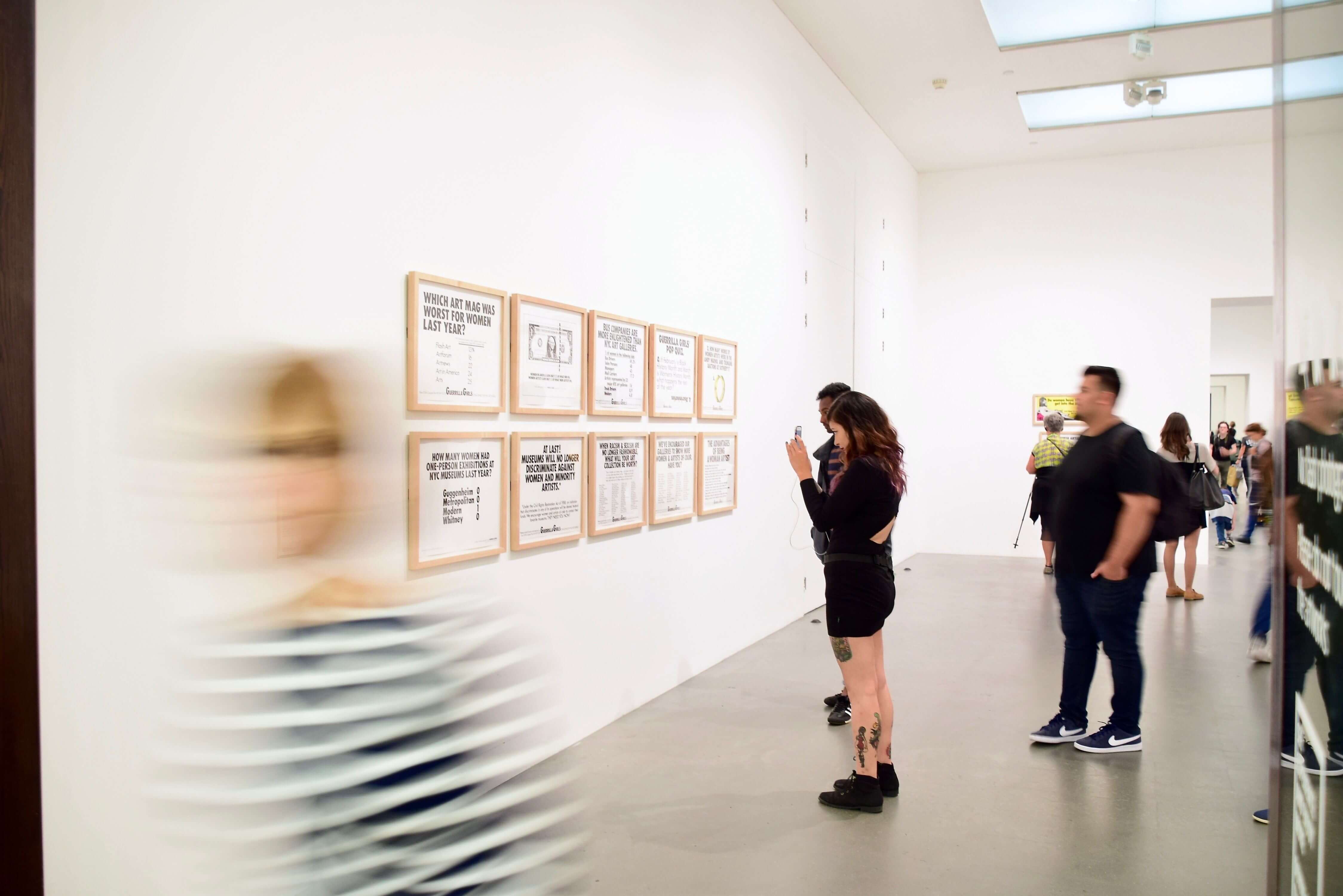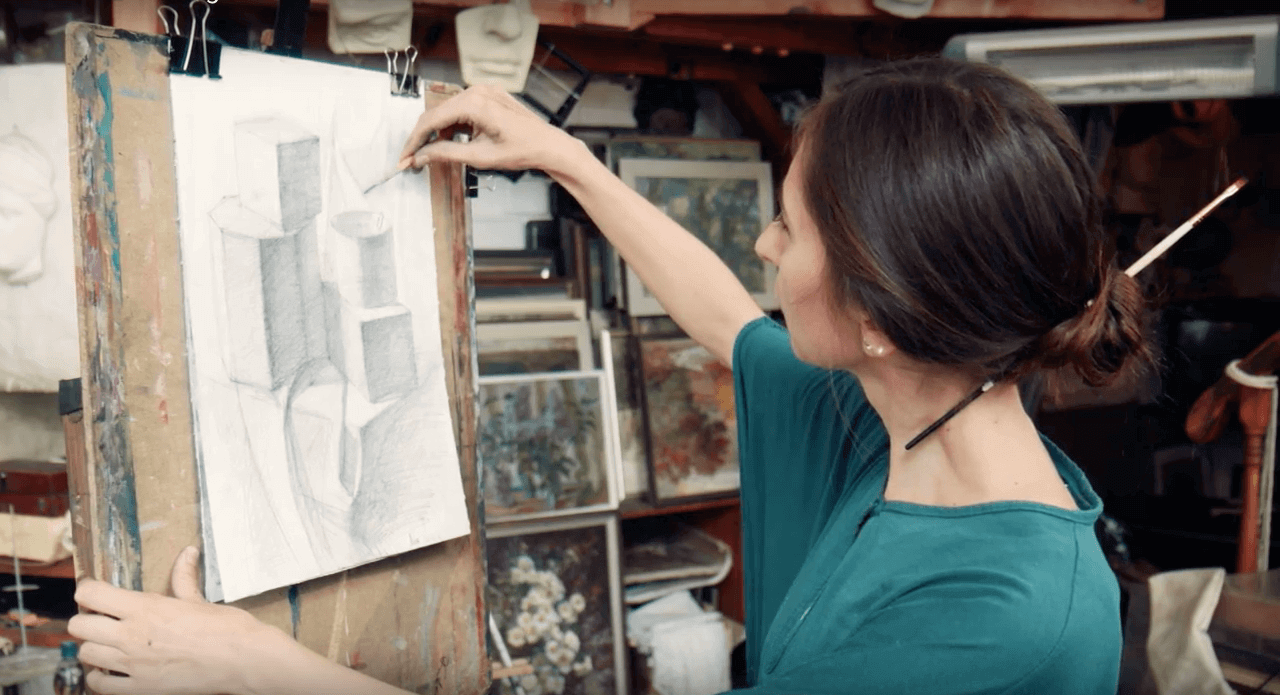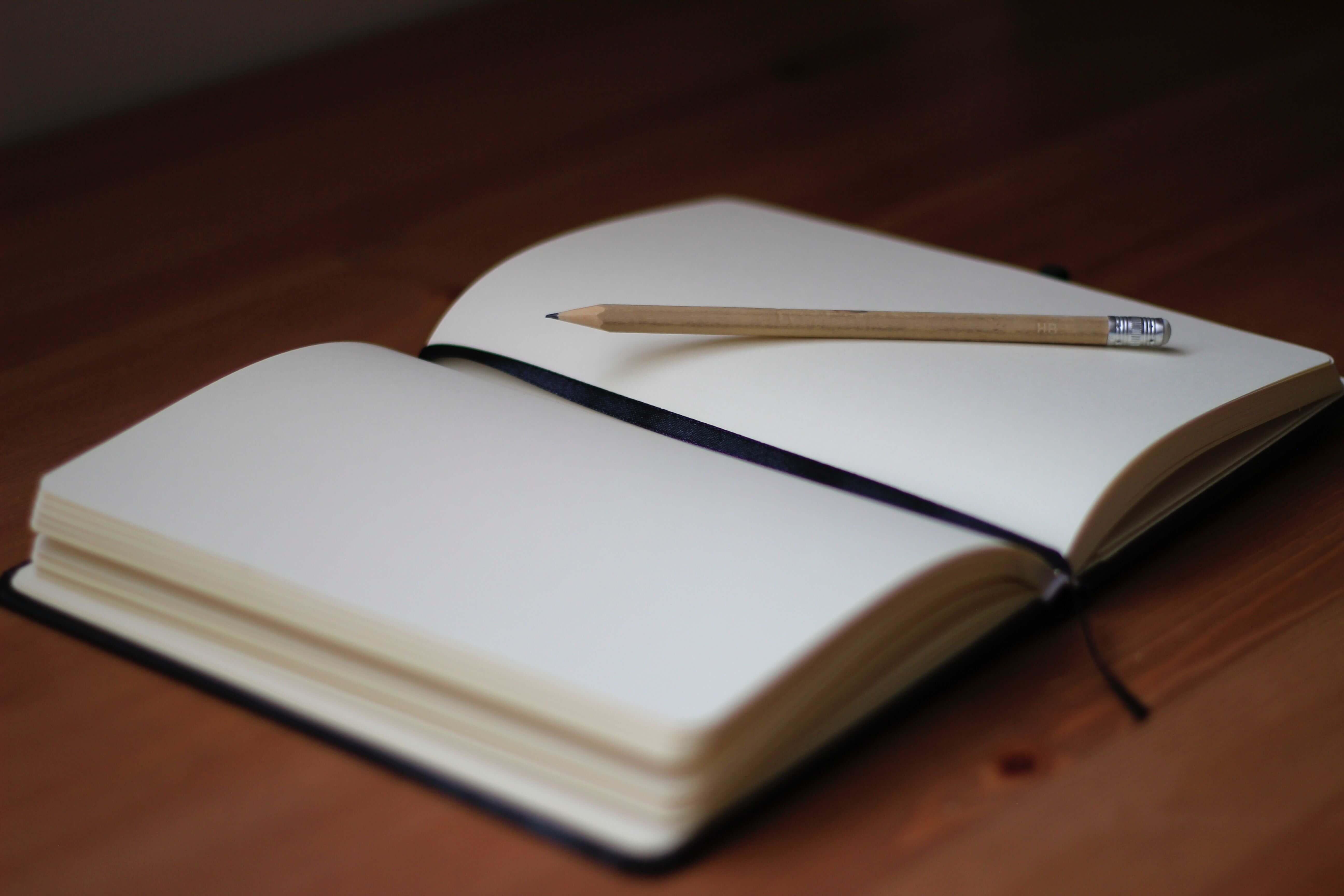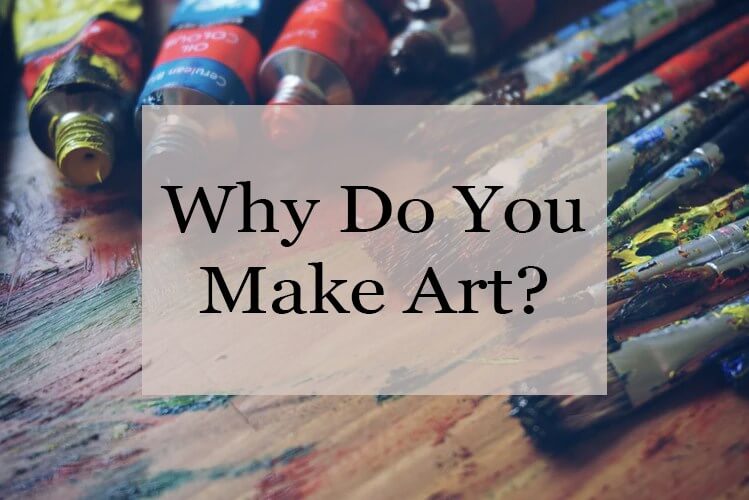
Why Do You Make Art?
Why do you make art?

Making art is personal, why do you do it?
Why do you make art? Maybe you have to, maybe you like to, or perhaps it is your way of expressing yourself.
We asked a few Evolve Artist students and instructors why they make art. We hope the answers will prompt you to consider your own art journey and to dig deeper into why you feel the urge to create.
Kevin Murphy, Evolve Owner and Creator
I don’t want to, I need to. Years ago I asked an actor, who I’d painted, when he knew that he wanted to be an actor. His response made a lot of sense to me and I recognized it as a truth for myself as well.
He said (and I paraphrase) he was always an actor, from childhood before he even knew what it was. Acting was not what he did, it was who he was.
I feel that way about art. It’s not a choice, I am incomplete without it.

Book cover illustrated by Kevin Murphy
Peggy D., Evolve Student
Imagine being a little girl sitting in a huge living room with crayons and a coloring book. It's quiet with no drama! This memory is as close to the wholeness of Spirit that I can remember, and the main reason why I have always associated the 'Visual Arts' to this moment of my youth. Art has to be in my life no matter what is going on. It keeps me at ease and allows me to continue being creative in all aspects of living, which is very necessary for moving about in the world. This is why I draw and manipulate color (via paint, colored pencils, markers, etc.) It is a great stress reliever and also a lot of fun!
Deborah L., Evolve Student
When I’m really in it the world disappears and I enter the zone... I hit my zen... it’s a sort of meditation.
Reecie C., Evolve Student
I’ve been thinking about this since and think it’s because my whole life I’ve had this discontentment, I could never work out how people I work with can be happy with just the office when nothing for me felt right, it’s been like an itch I can’t scratch. It’s made me grumpy and feels like I’m wearing clothes that don’t fit.... since starting Evolve that weirdness inside has gone especially now on block 4 where I can see my progress. If I stop painting for a week the weird grumpy thing comes back so painting must be the answer because nothing else seems to be.
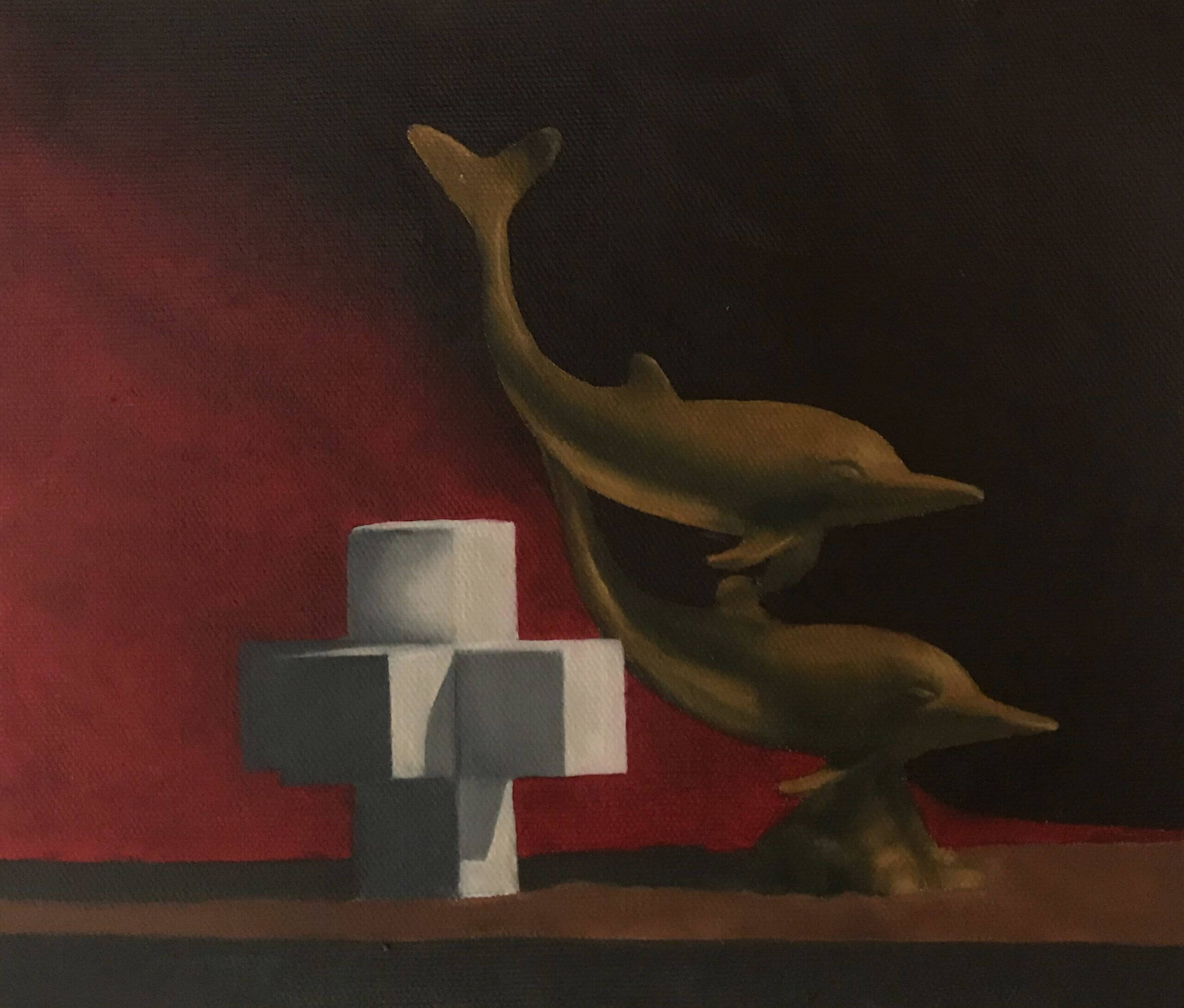
Painting by Reecie C.

Painting by Iris Liu, Her Familiars.
Iris Liu, Evolve Instructor
All children draw and make art, and I guess I just never stopped doing it. I've never really questioned why I do it since I've loved art since as long as I can remember, but there's a real satisfaction you get from being able to express some idea or feeling that you can't convey with words alone.
Phillip G., Evolve Student
I like to be alone and love the endless challenge to improve. I love the idea of creating something that someone else finds beautiful or can connect with.
Suzanne B., Evolve Student
Words and numbers were my enemies when growing up. I have dyslexia and it was difficult for me in school. Art was my language, the way I could get out the things in my head. A neighbor kid was/is an amazing artist. From a young age, he could draw like the masters. He drew all the time and I decided that I wanted to do that. I wanted to create things that did not require words or numbers to make sense. Words and numbers are now my friends, thanks to some great efforts in college, but art is still my expression.
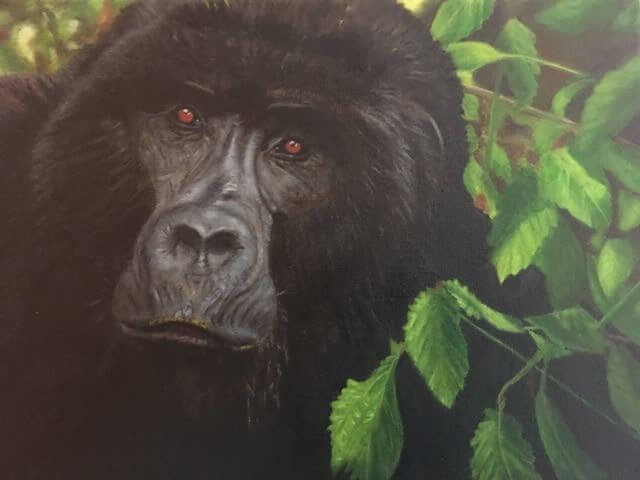
Block 8 Painting by Jan M.
Jan M., Evolve Student
Because it gives me a certain joy and fulfillment nothing else can. It’s what I’m meant to do, life just got in the way of that, but like they say, when the student is ready, the teacher appears.
Liam Jurkowich, Evolve Instructor
I always liked to draw as a kid, and around 10 years ago the Art Academy of Hillsborough opened up in my hometown, and the rest is history. Without the school, I very likely would not have pursued art as a career, and I would not have discovered how much I need to create and be creative. A big reason why I create art now is to simply make things that look cool, and with that, I try to instill some type of narrative into each piece I make. Along with this, creating things that do not exist and translating the real world into my art is fundamental for me, and it's the main reason why I have been drawn to the path I am on now. Without art, my perception of the world would be entirely different.
Mitch Bowler, Evolve Owner and Creator
It was always there... some of my youngest memories were trying to 'out art' the other kids in preschool by making as many pieces as I could (I was 4). Then in Kindergarten, I was making flipbooks of all the cool WW2 planes and ships. By the time I was 7 I knew I wanted to be a video game artist and started training myself to make games (there was no internet, books on this, or even computers at the time).
It's been an adventure
Conclusion
We hope you’ve enjoyed this post, and that it’s given you some inspiration to consider your own reasons for creating art.
Why do you make art? Leave us a comment below!
If you want to find out more about why a specific Evolve Artist makes art, read her interview here!



